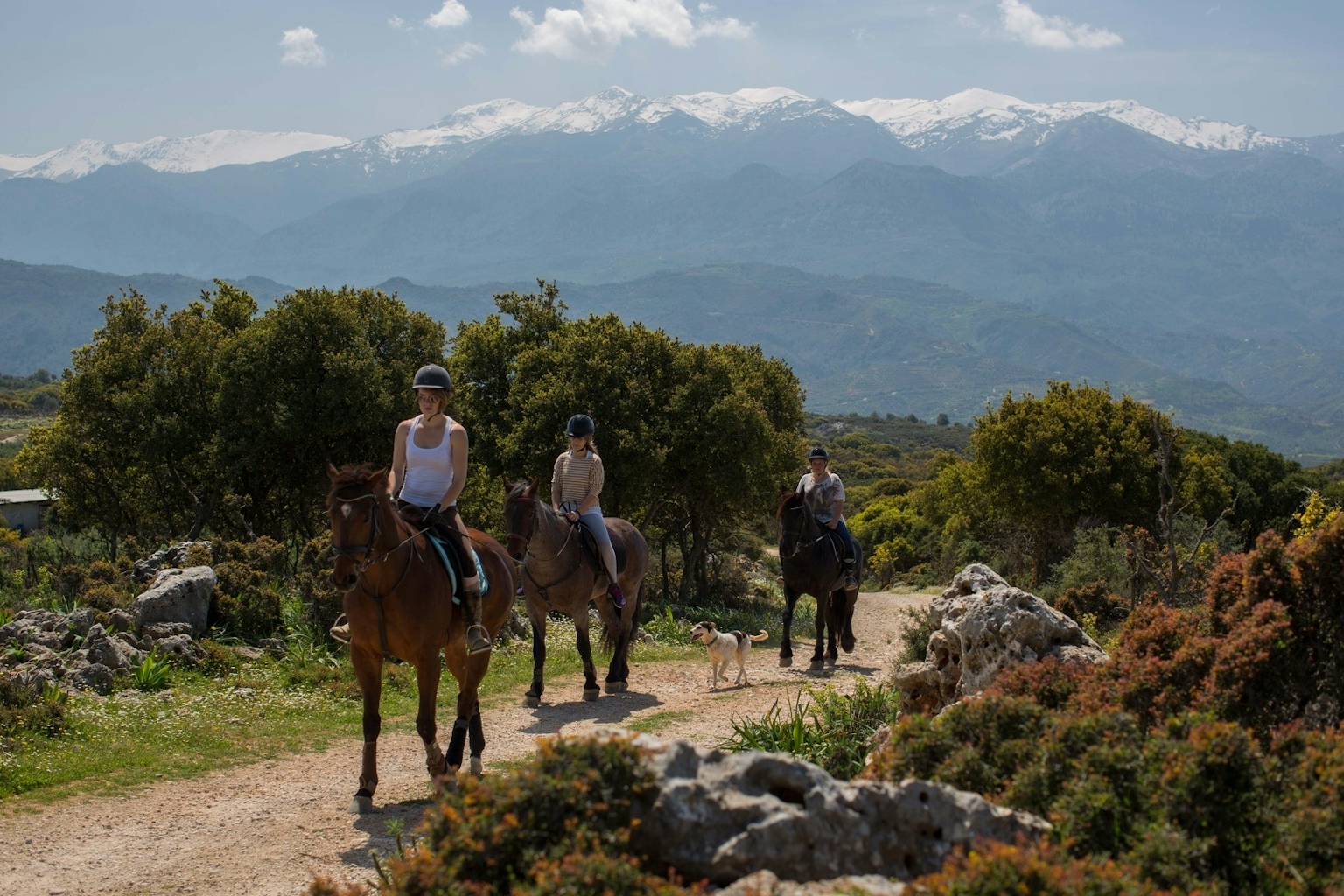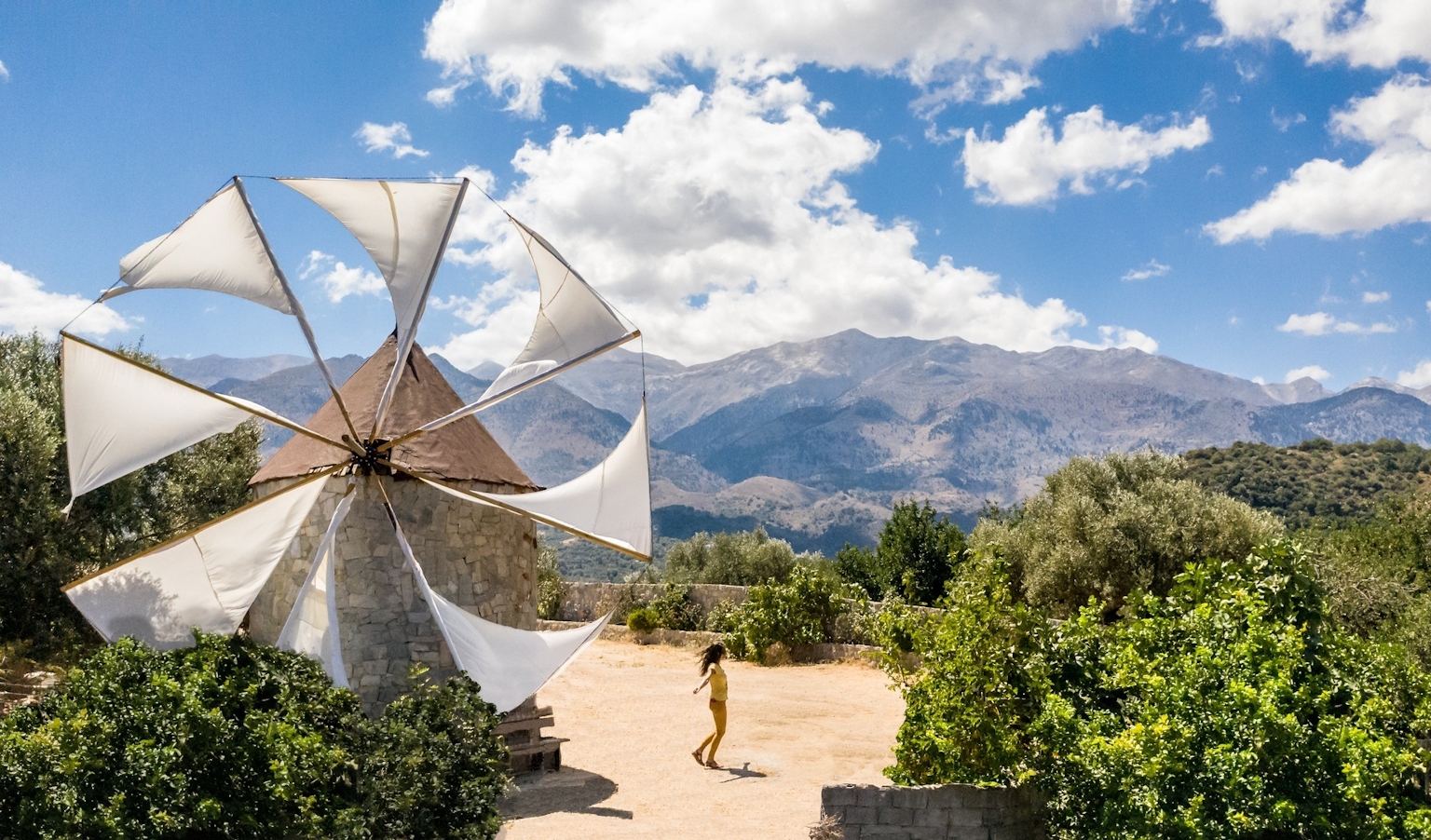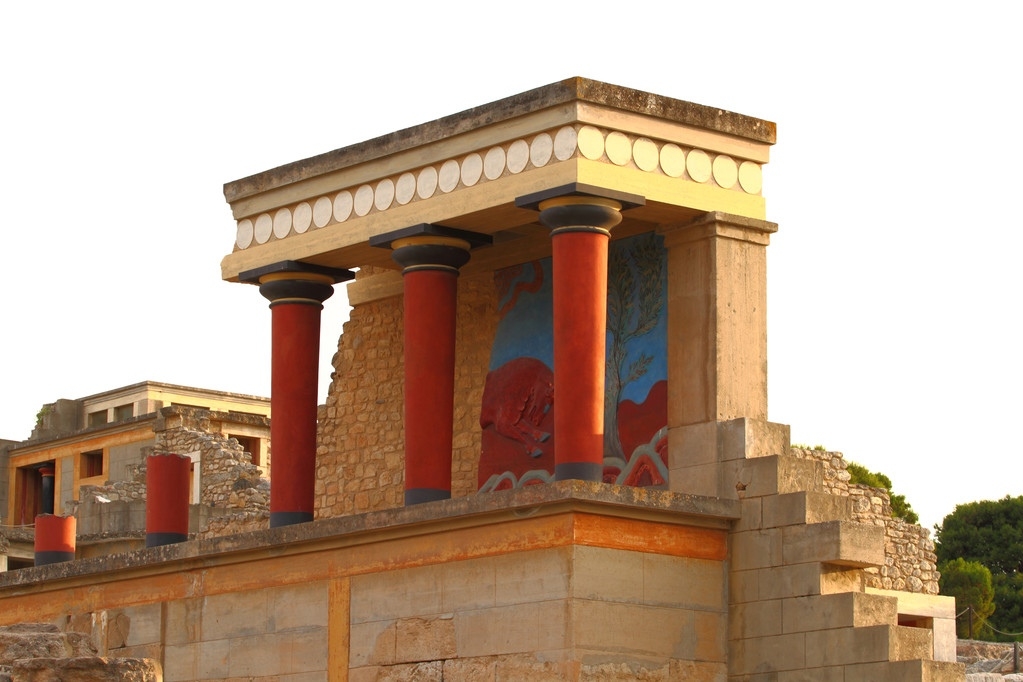Chaste tree
A herb that lends itself to basketmaking.

The chaste tree (Vitex agnus-castus) is commonly found at lower altitudes, predominantly in riverbeds, damp areas behind coastal dunes, and along lake shores.
The genus name 'Vitex' comes from the Latin word 'vitreus,' signifying 'wicker.' This is attributed to the flexible branches of the chaste tree, mirroring its historical application in basketry.
The term ‘agnus–castus’ is derived from the Greek ‘agnos’ (‘chaste’) and the Latin ‘castus’ (‘pure’). The chaste tree, since antiquity, has also held a reputation as an anaphrodisiac, a suppressant of sexual desire. According to Dioscorides, it was considered ‘sterile’ (=unable to produce offspring), and women in the Thesmophoria used its branches as a bed to uphold their purity.
According to the Region of Crete, in mythology, Prometheus adorned his head with a wreath made of chaste tree branches as a remembrance of the fetters he once bore crafted from them. Additionally, as mentioned by Homer in the Iliad, Achilles bound the sons of Priam with chaste tree branches in the forests of Ida.
The chaste tree can reach a height of three metres and blooms throughout the summer until November. Both its flowers and palmate leaves emit a pleasant aroma.
Info: Wikipedia
The flora of Crete
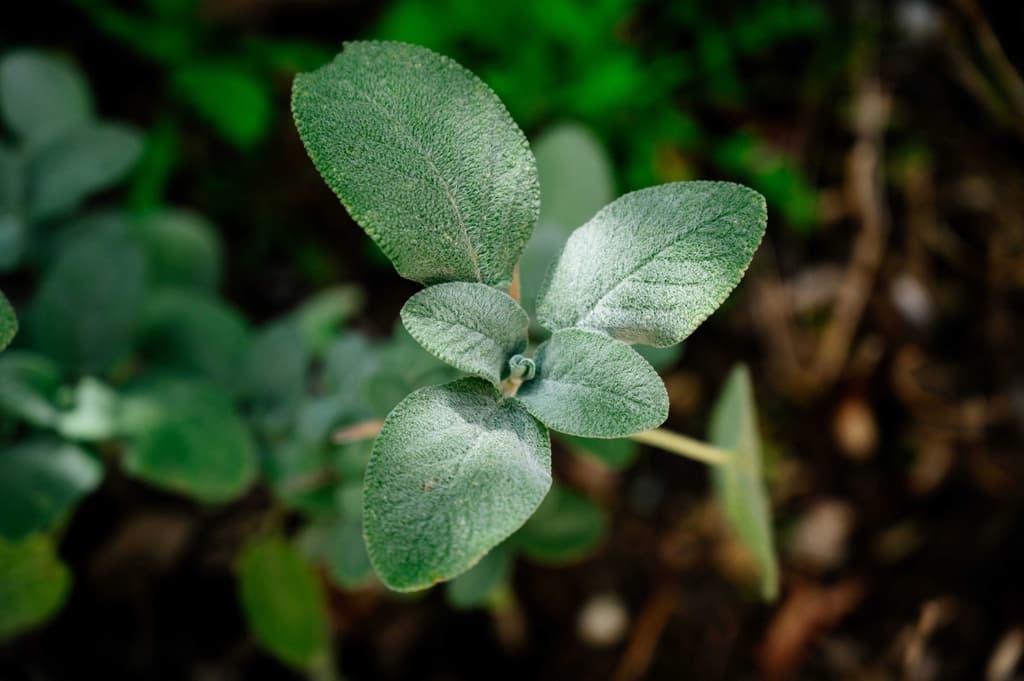
Greek Sage
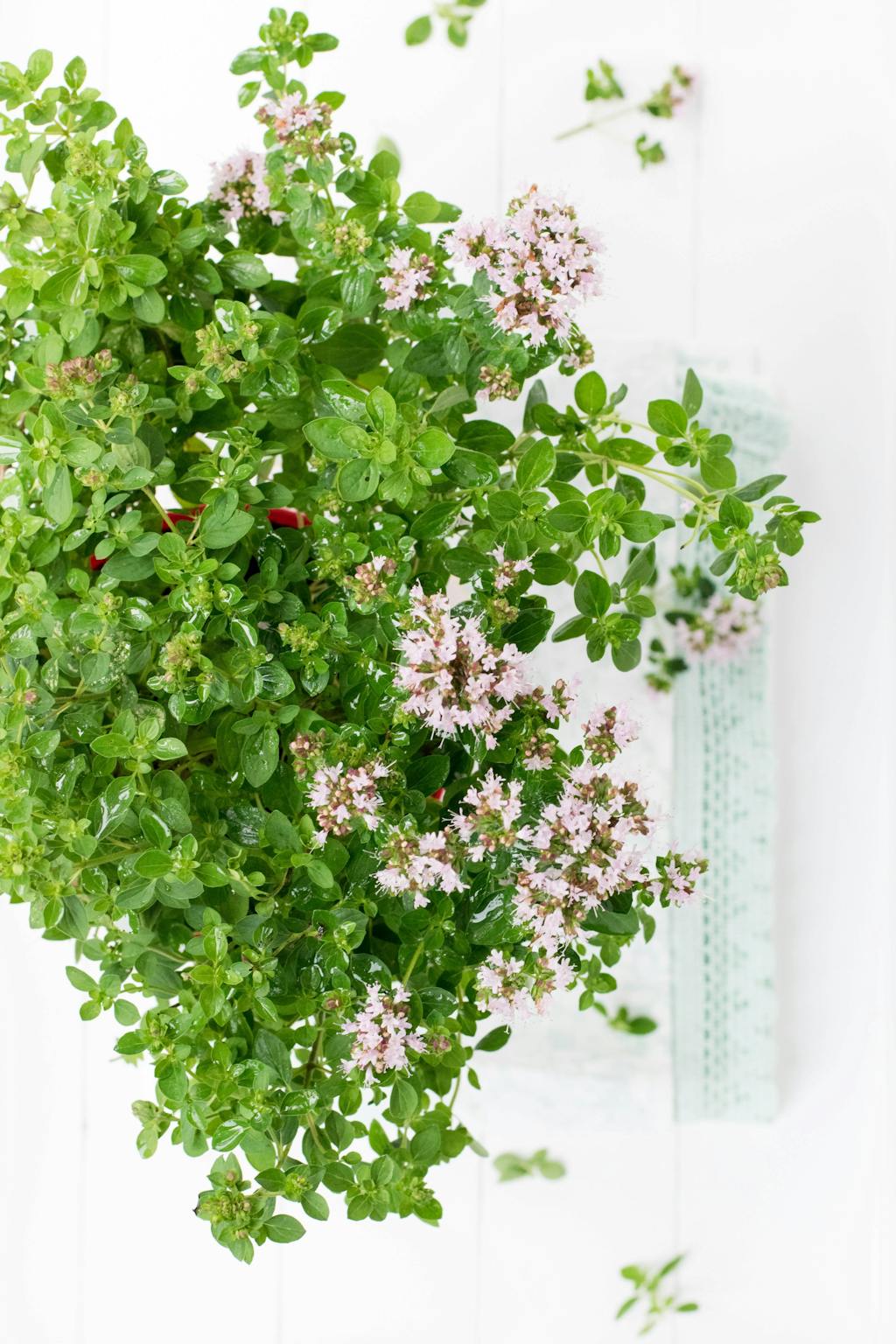
Cretan Oregano or Cretan Marjoram
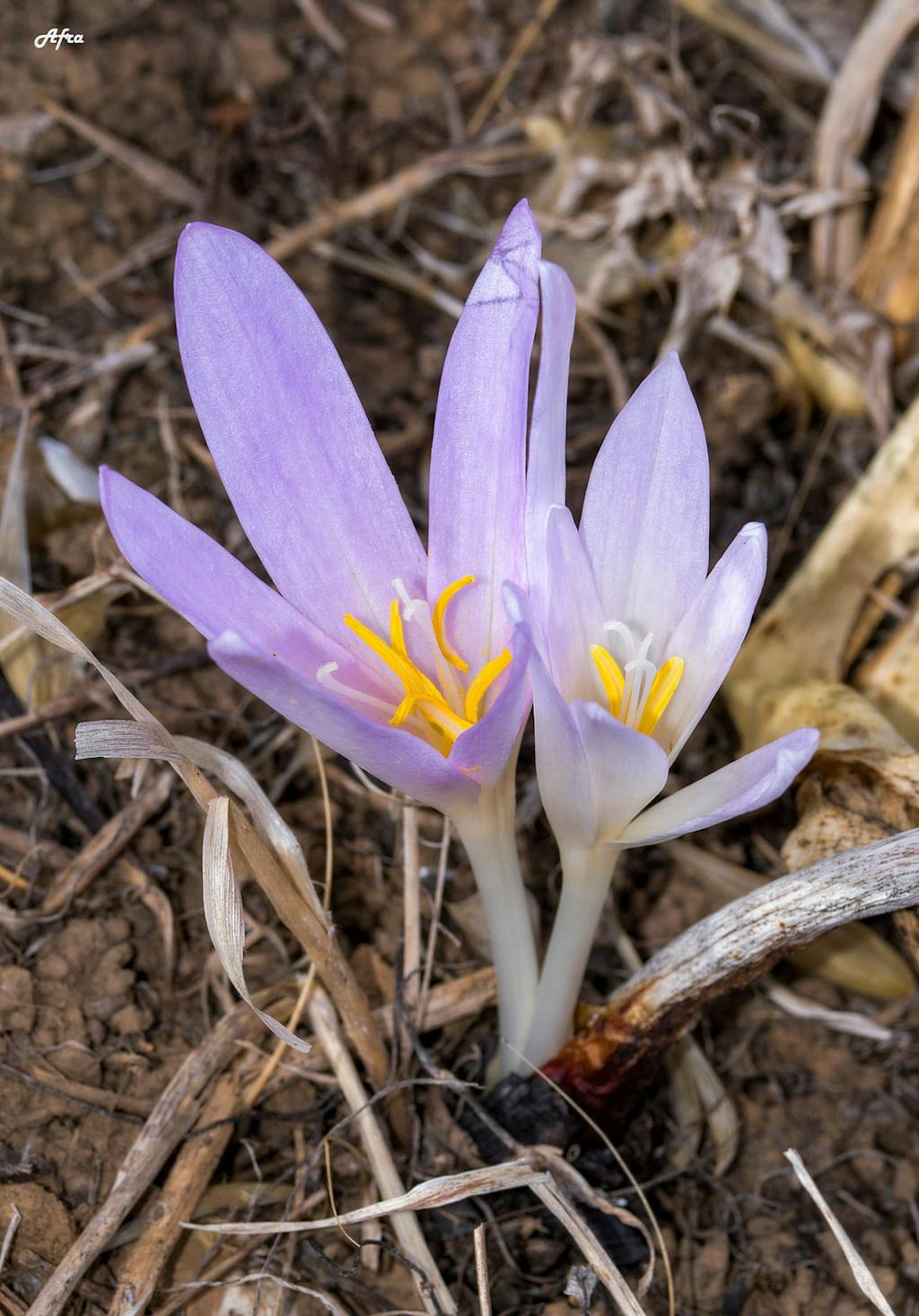
Colchicum Balansae - Balansa Colchico
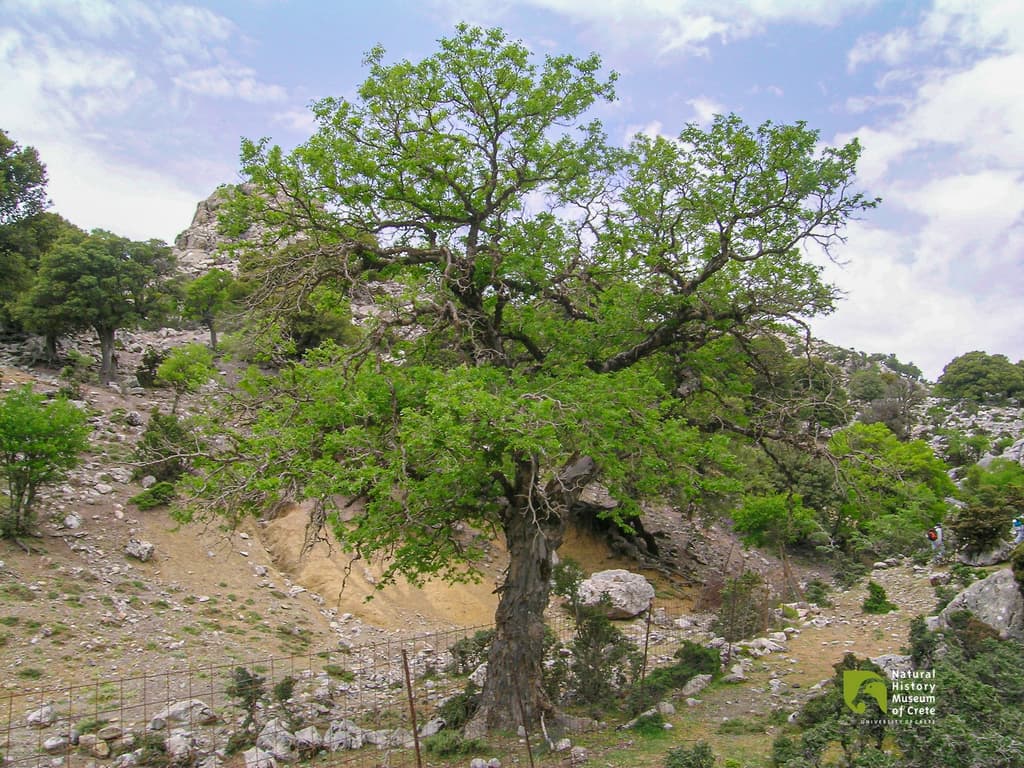
Cretan Zelkova
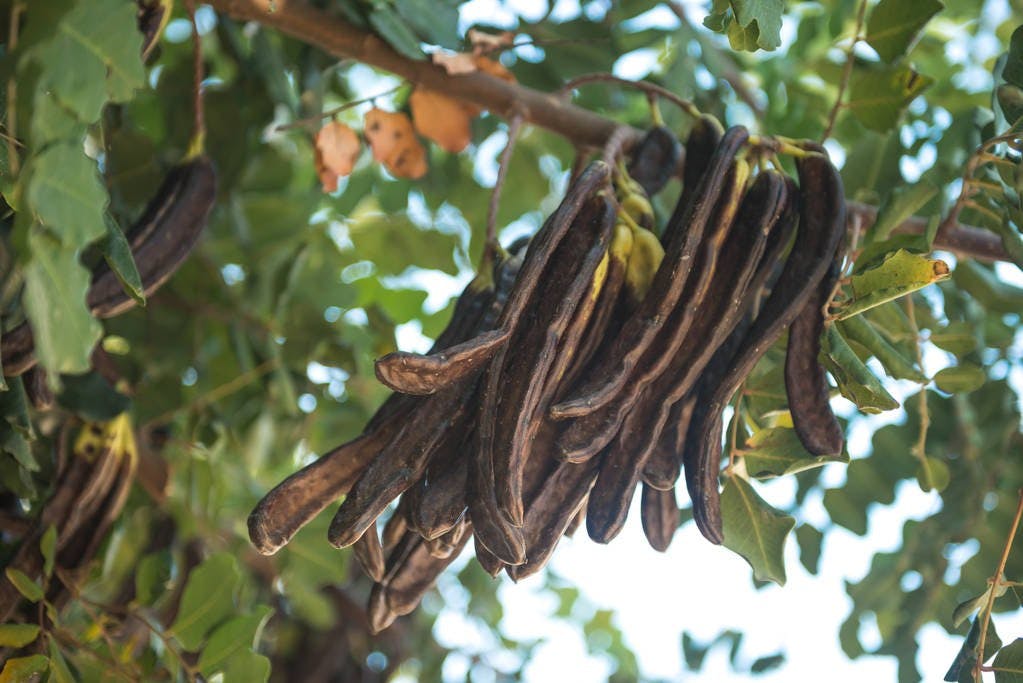
Carob Tree (Ceratonia Siliqua)
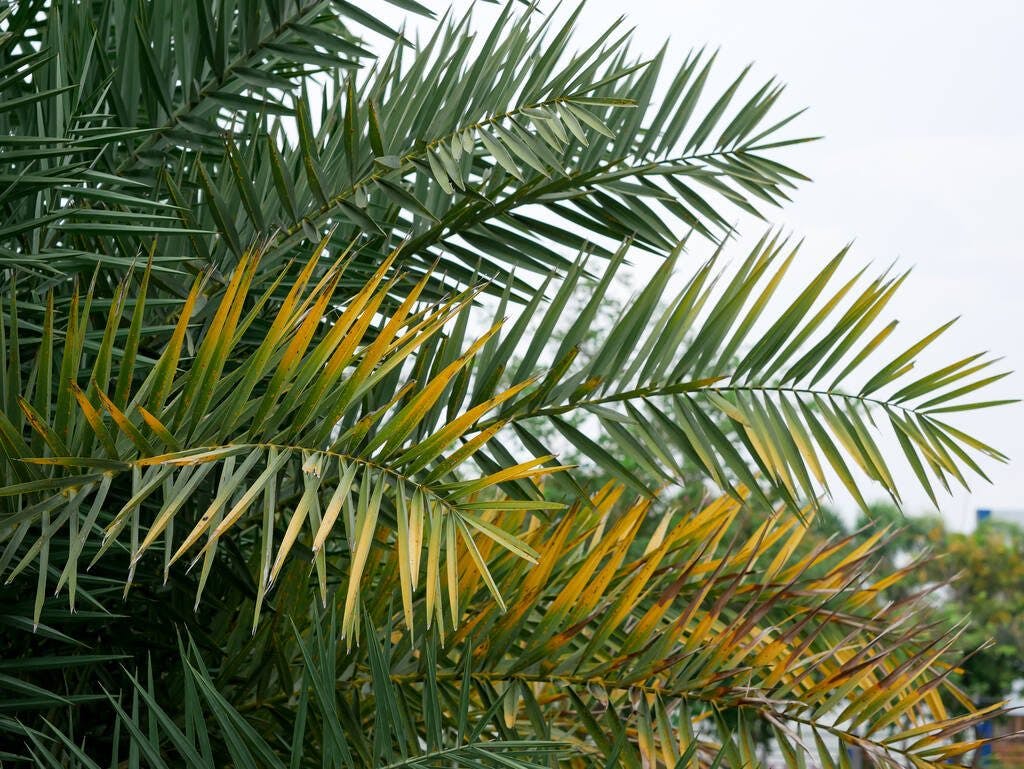
The Cretan Date Palm
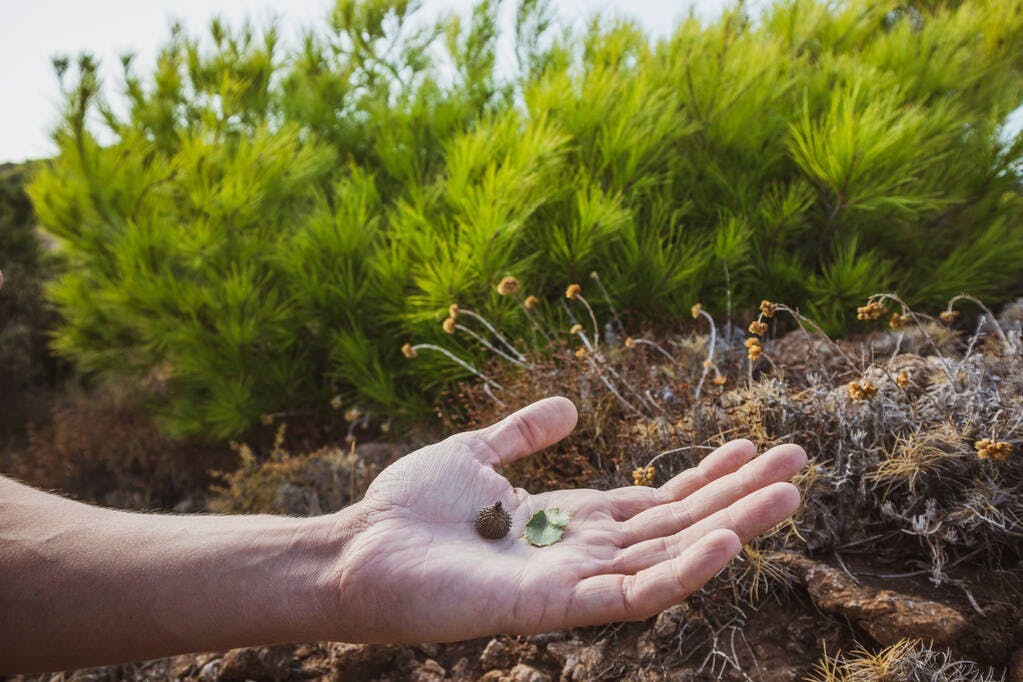
Kermes Oak (Quercus Coccifera)
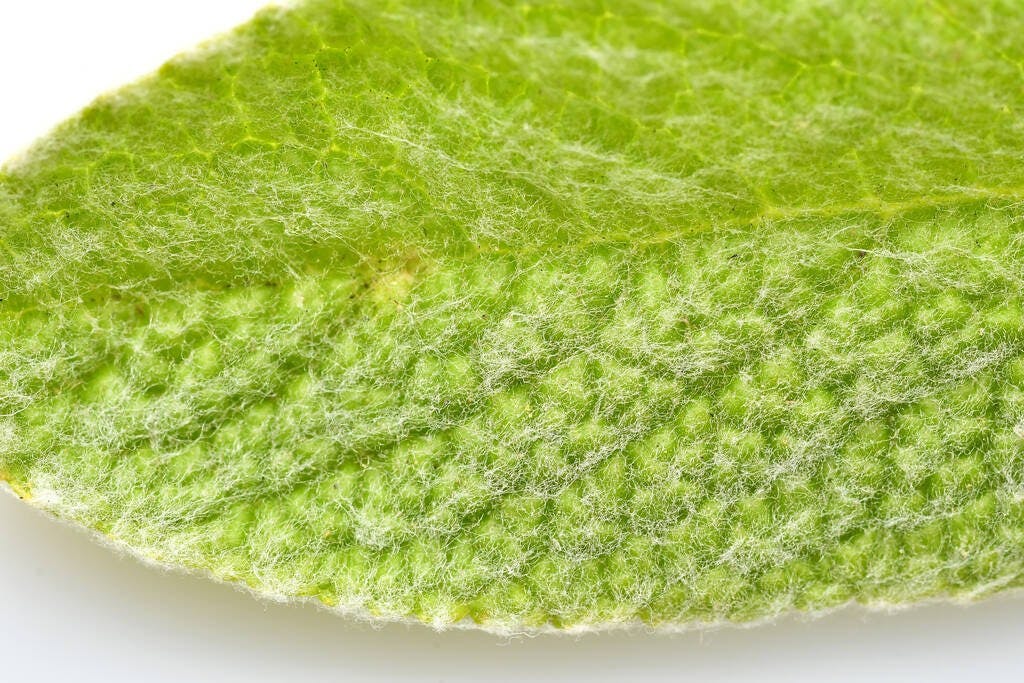
Ironwort
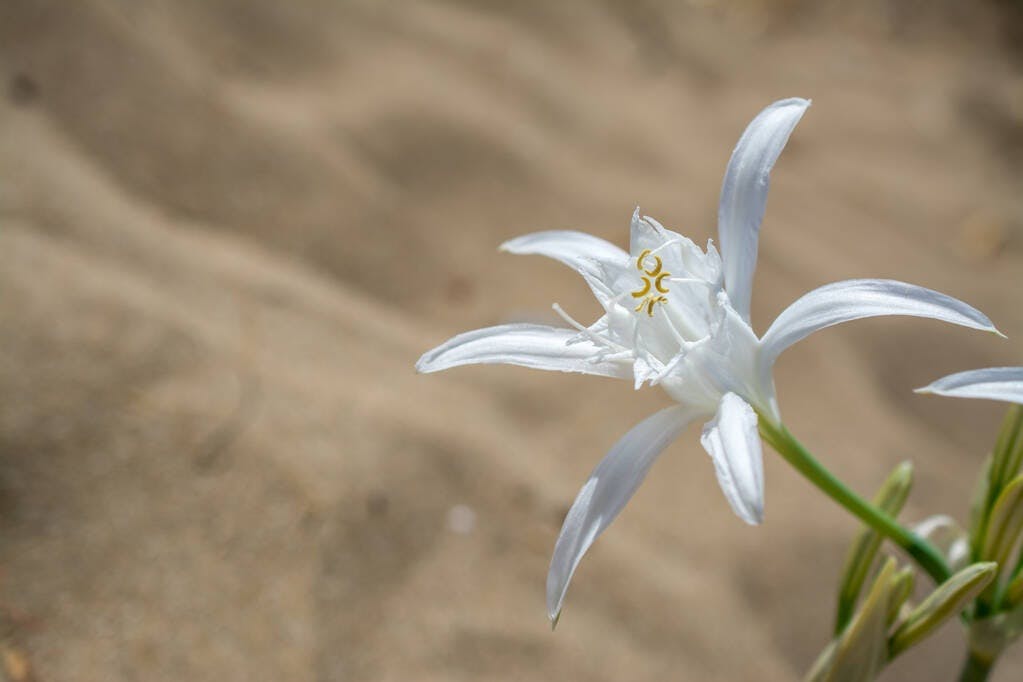
Sand Lily, Sea Lily (Pancratium Maritimum)
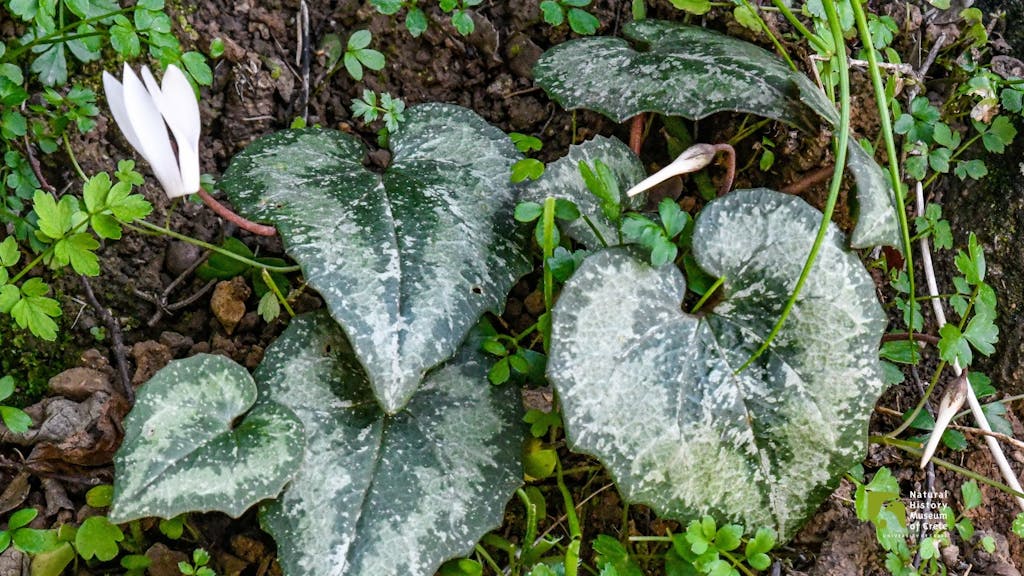
Cretan Cyclamen
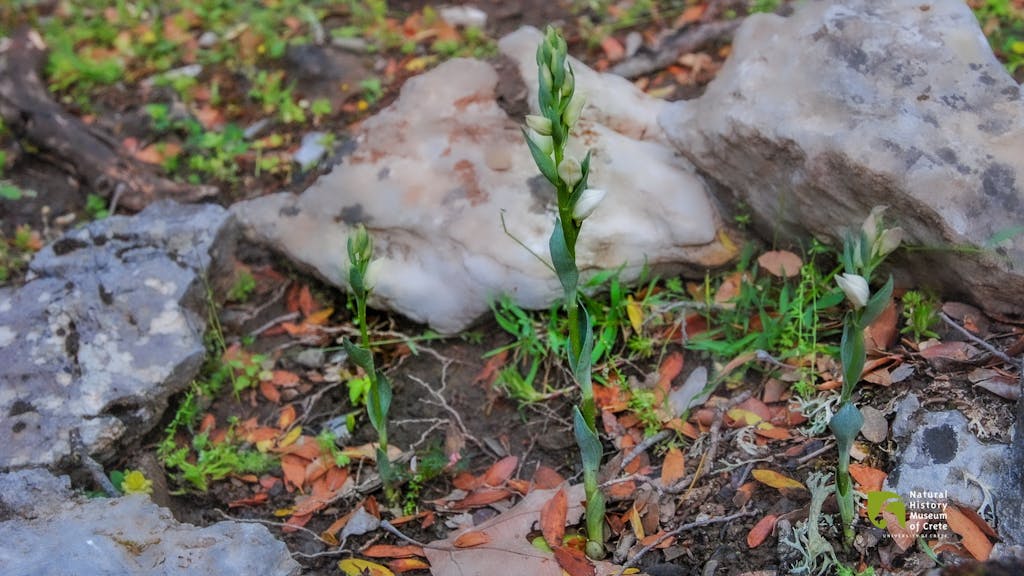
The Cretan Cephalanthera

Dittany
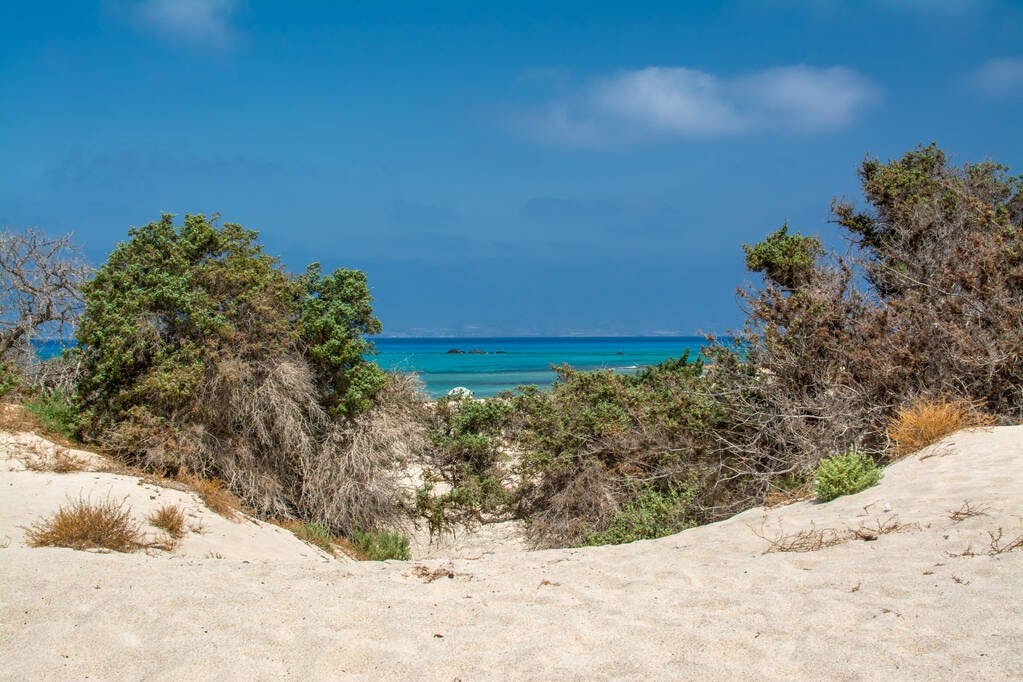
Phoenician Juniper and Large-Fruited Juniper
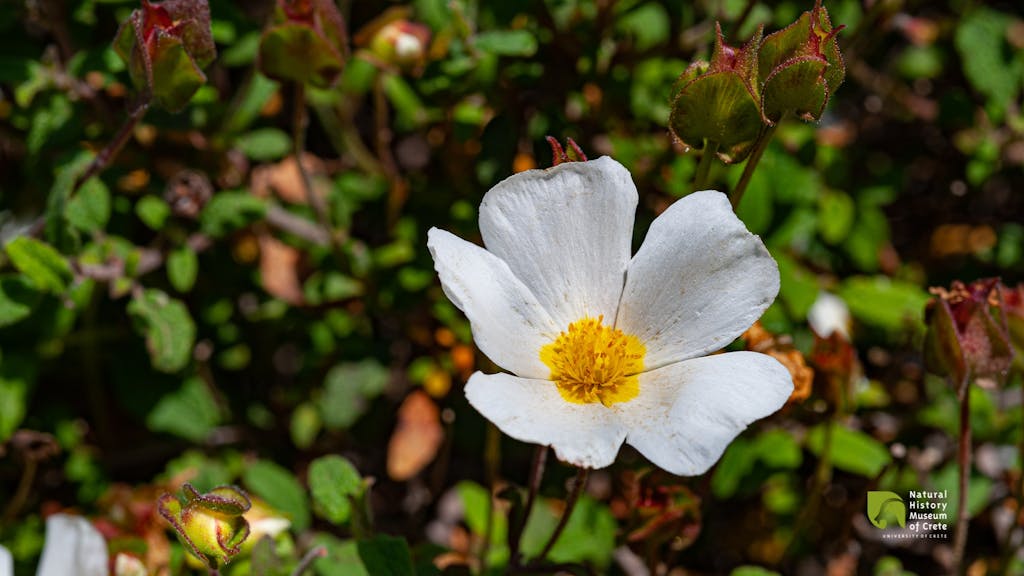
Gallipoli Rose
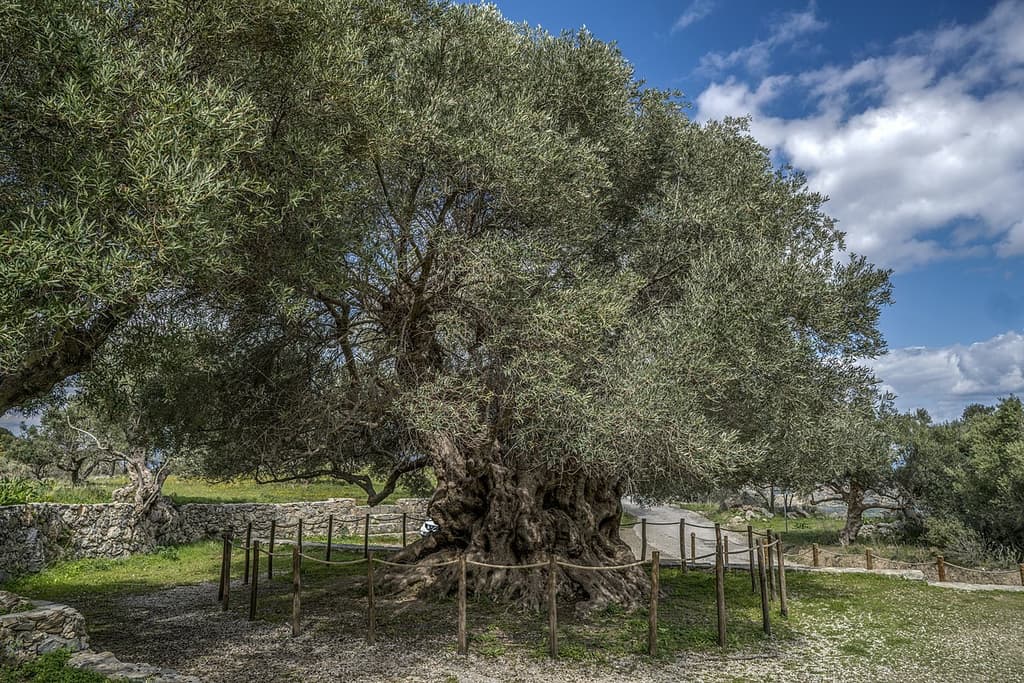
Natural Monuments
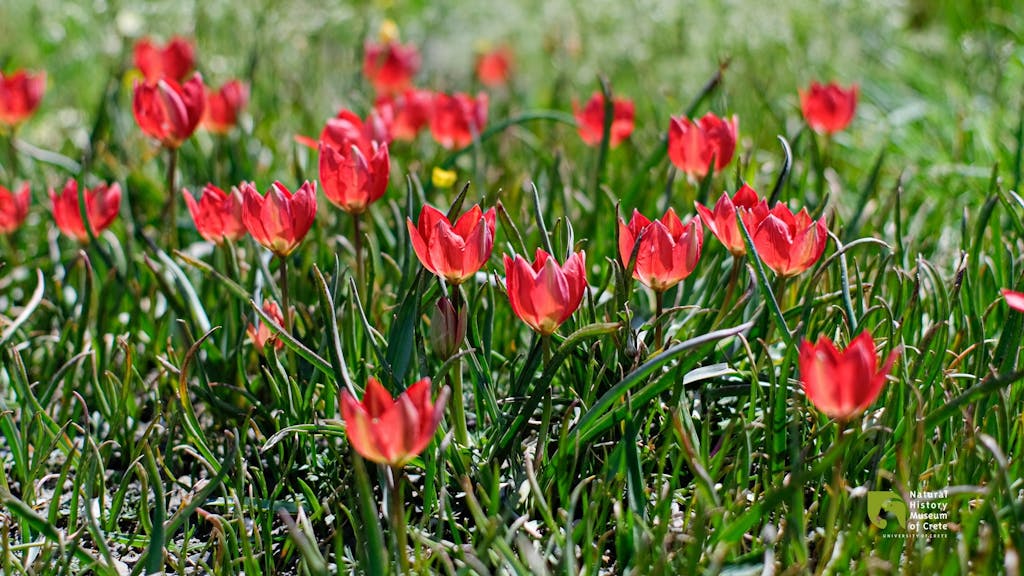
Lilac Wonder (Tulipa doerfleri)
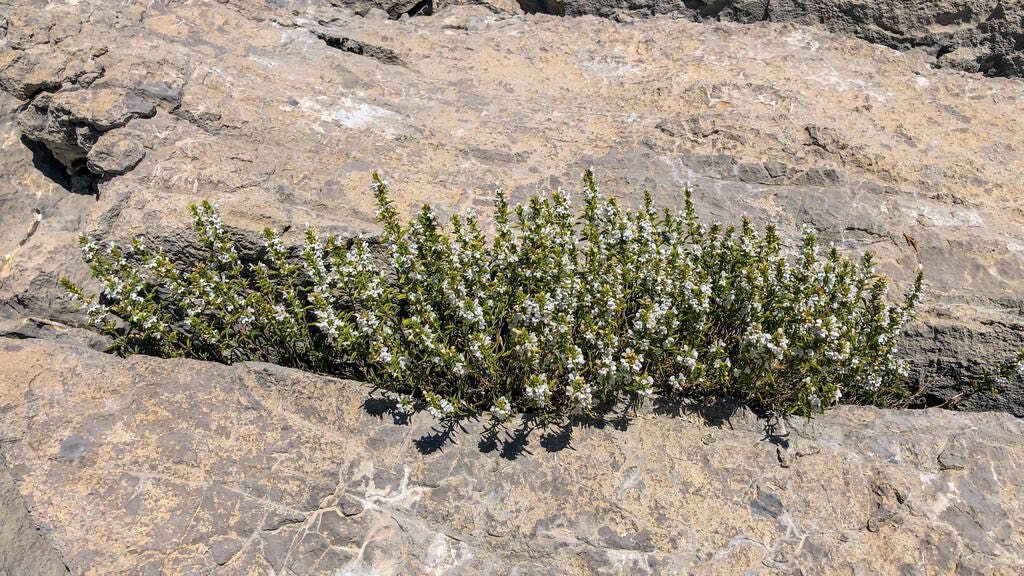
Thyme
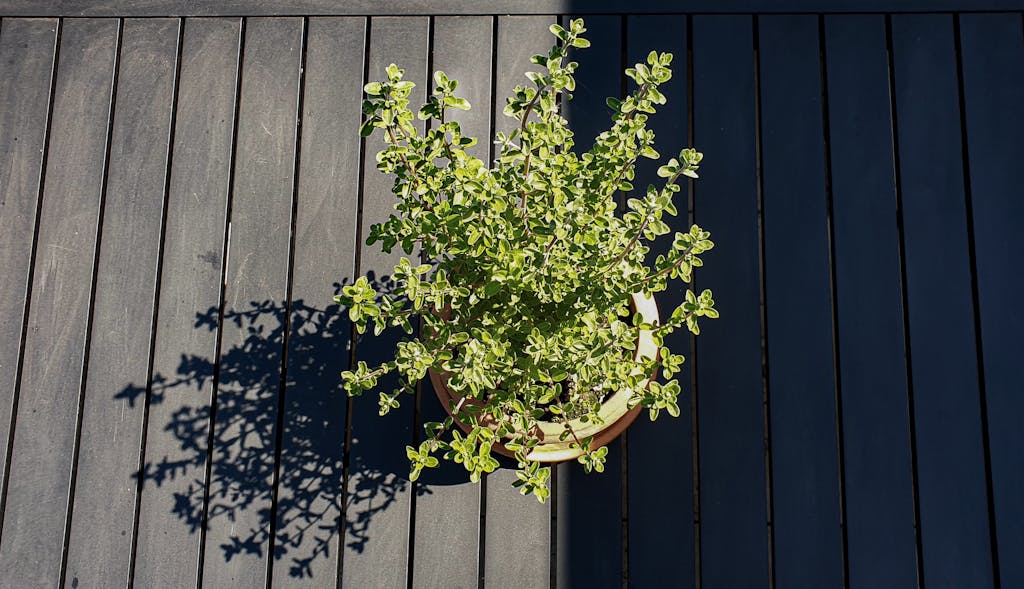
Oregano
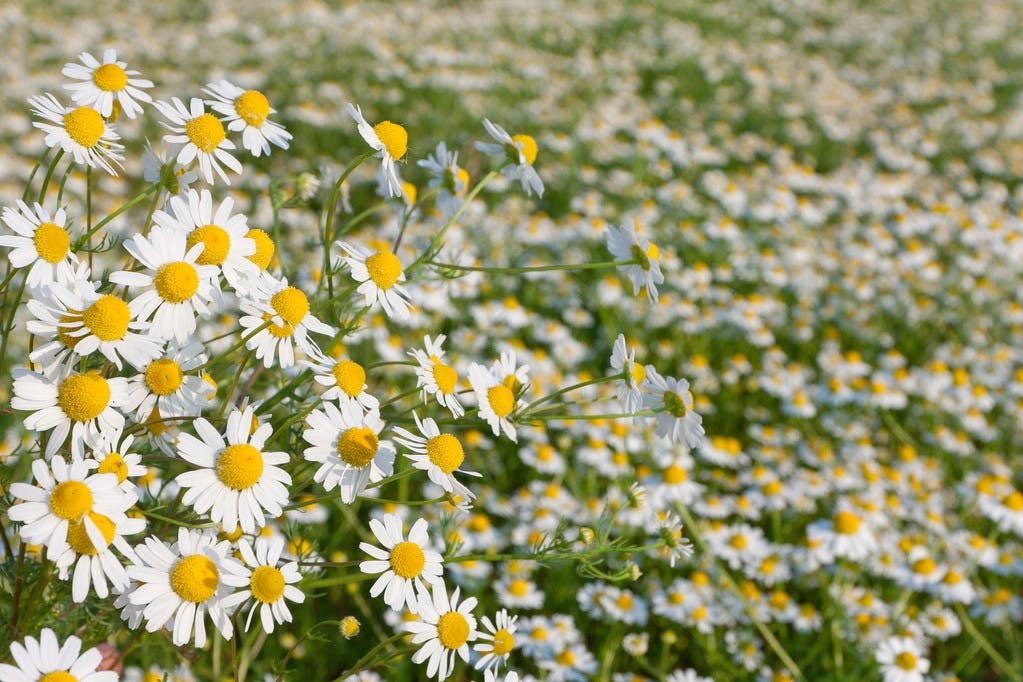
Camomile
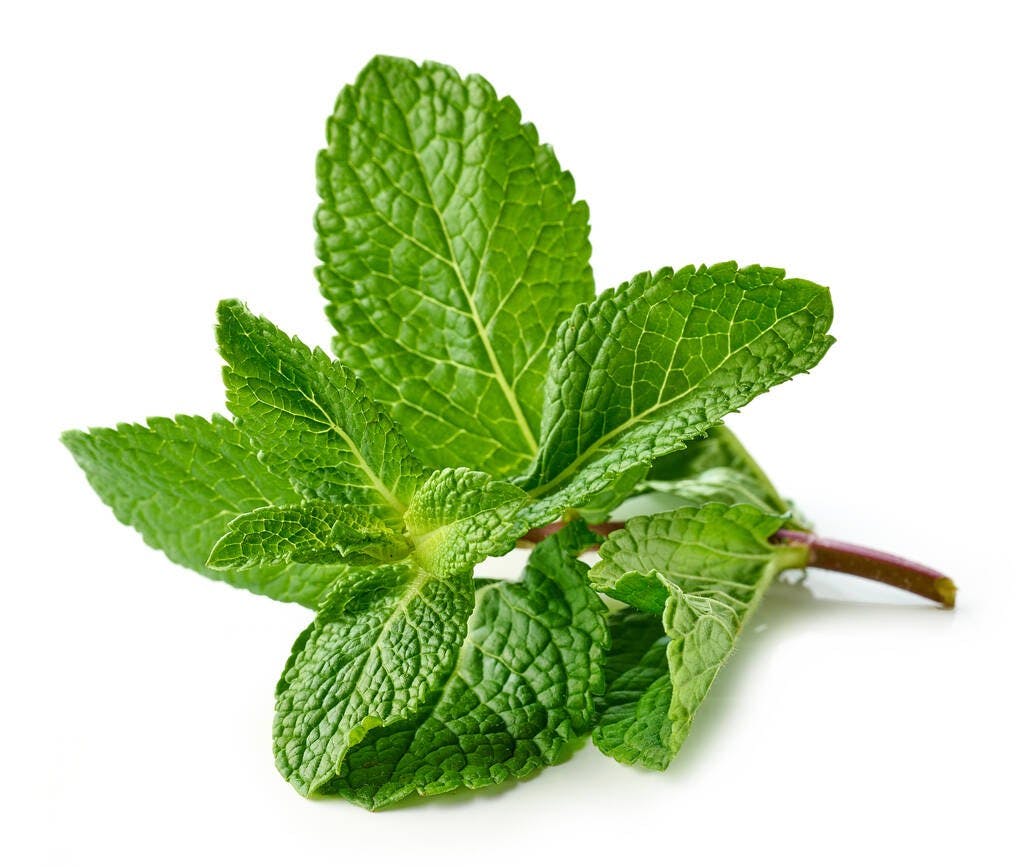
Mint
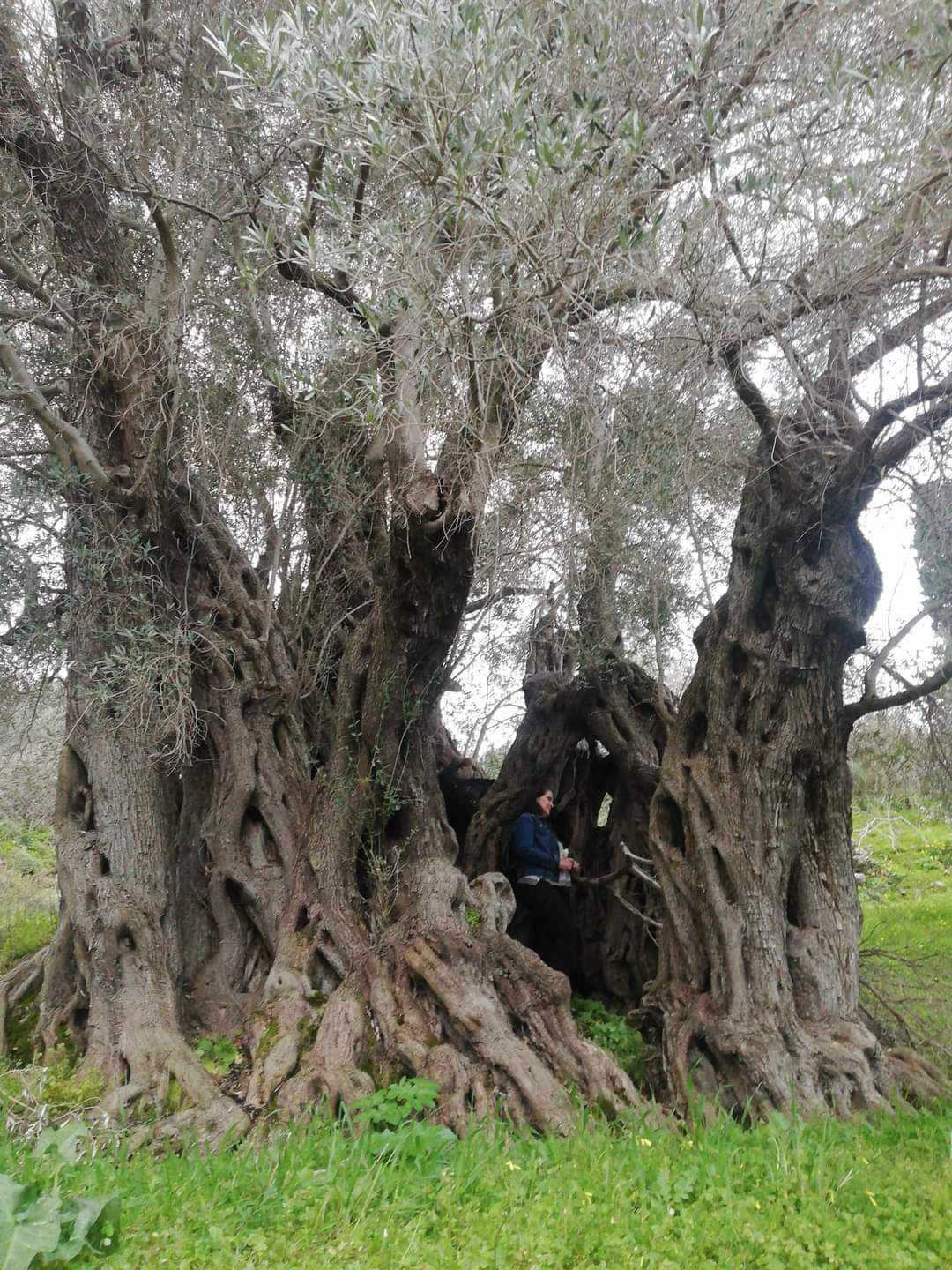
Preserving the Heritage: Ancient Olive Trees of Crete
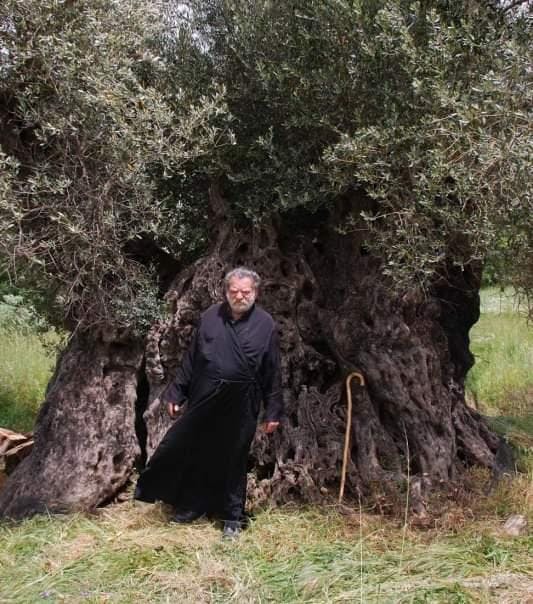
The Ancient Olive Tree of Vrysses, Amari
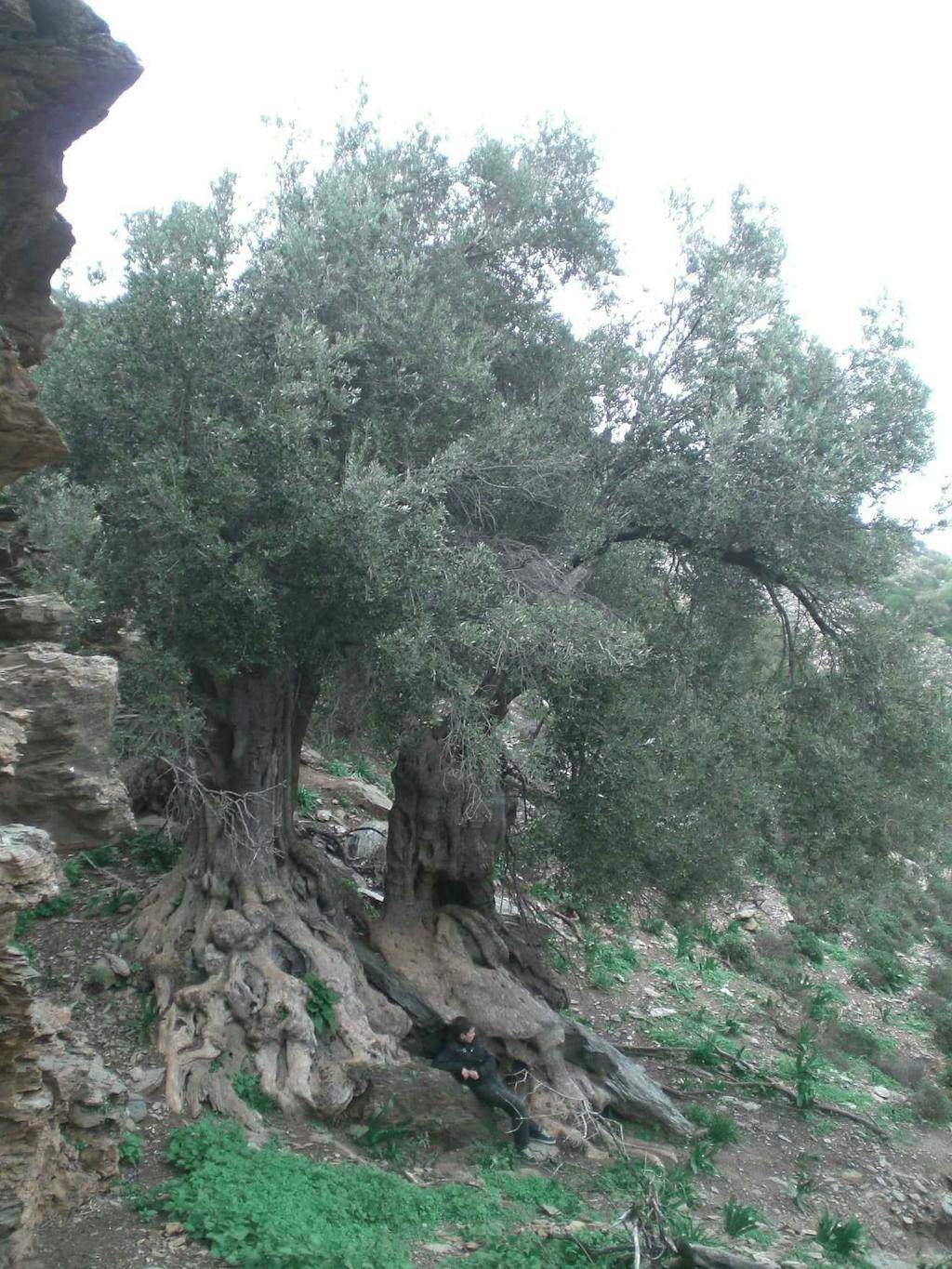
Bali's Ancient Olive Tree: Documented in Preservation Efforts
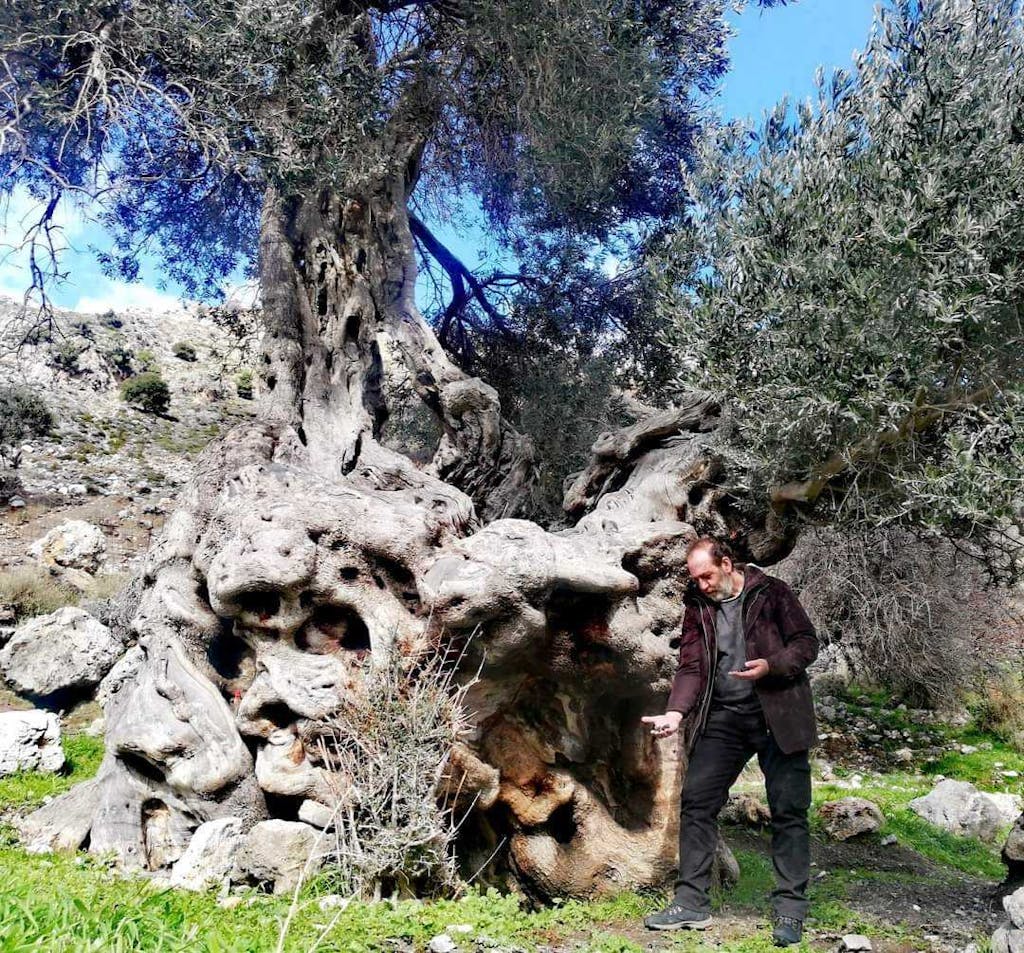
Gra Elia (The Old Olive Tree)
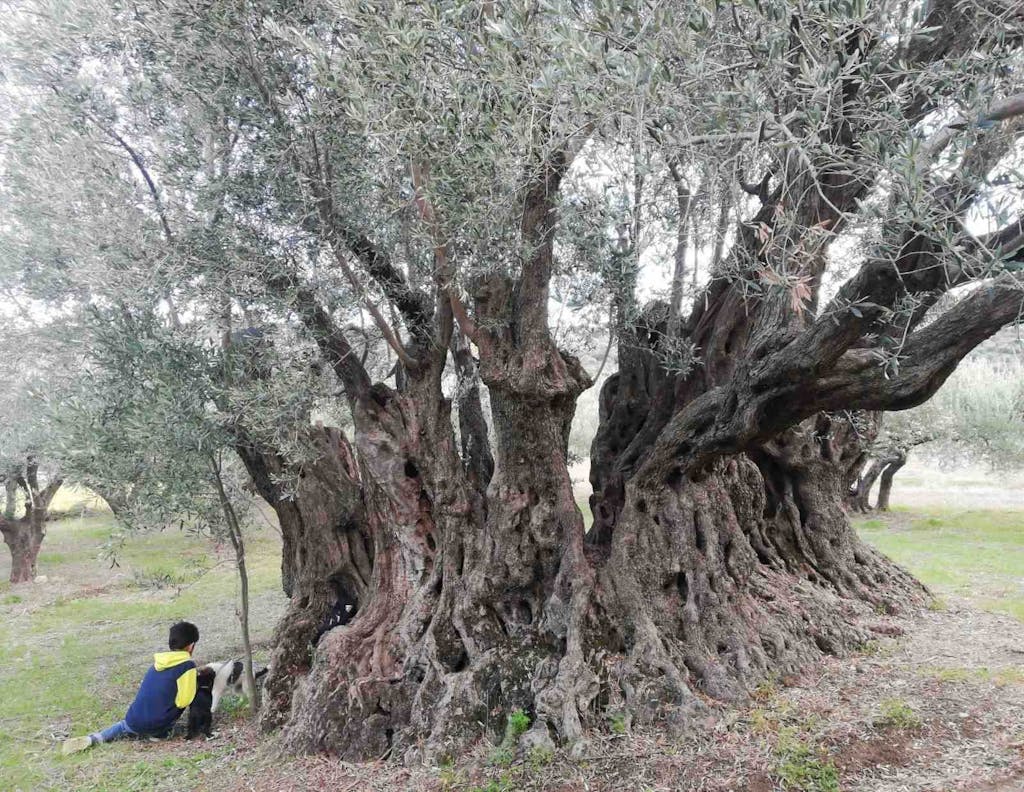
The Ancient Olive Tree of Kato Asites: Host to the 1st Olive Festival
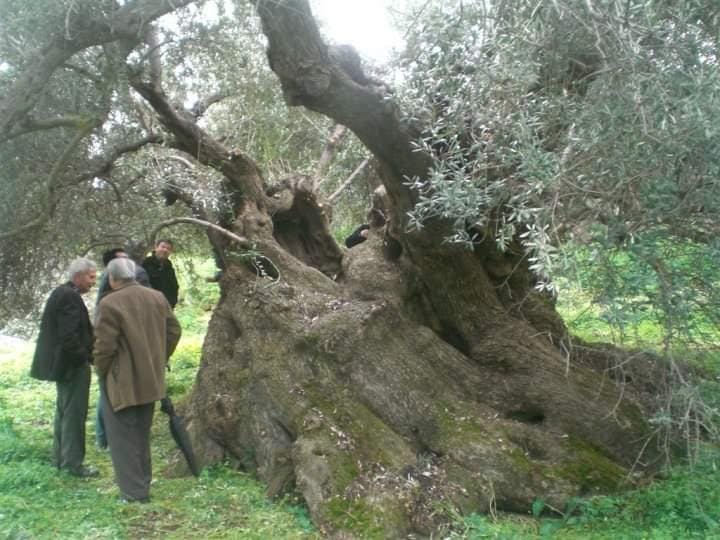
Sitia's Ancient Olive Tree: A Record of Preservation Initiatives
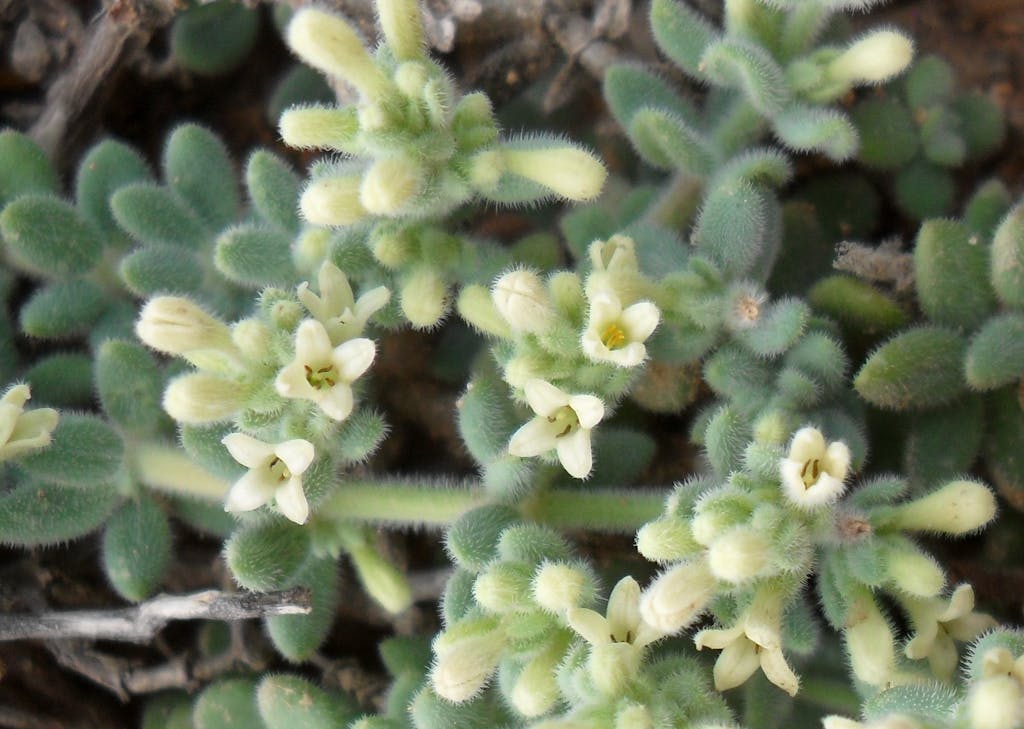
Asperula Crassula
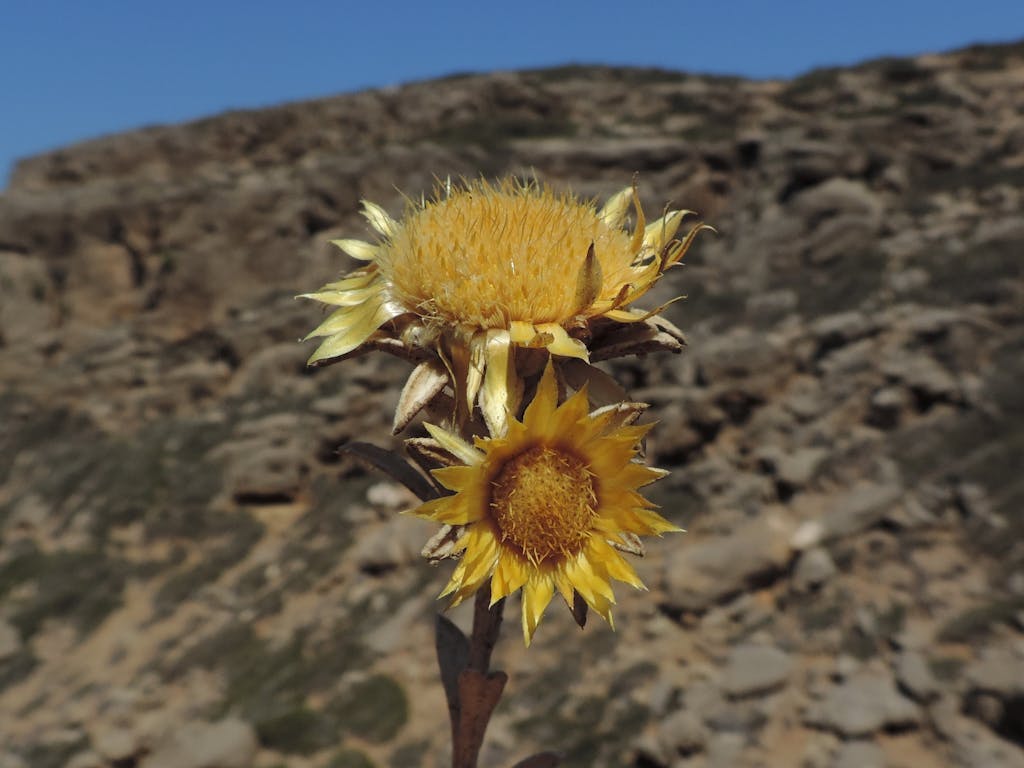
Carlina diae, Carlina of Dia
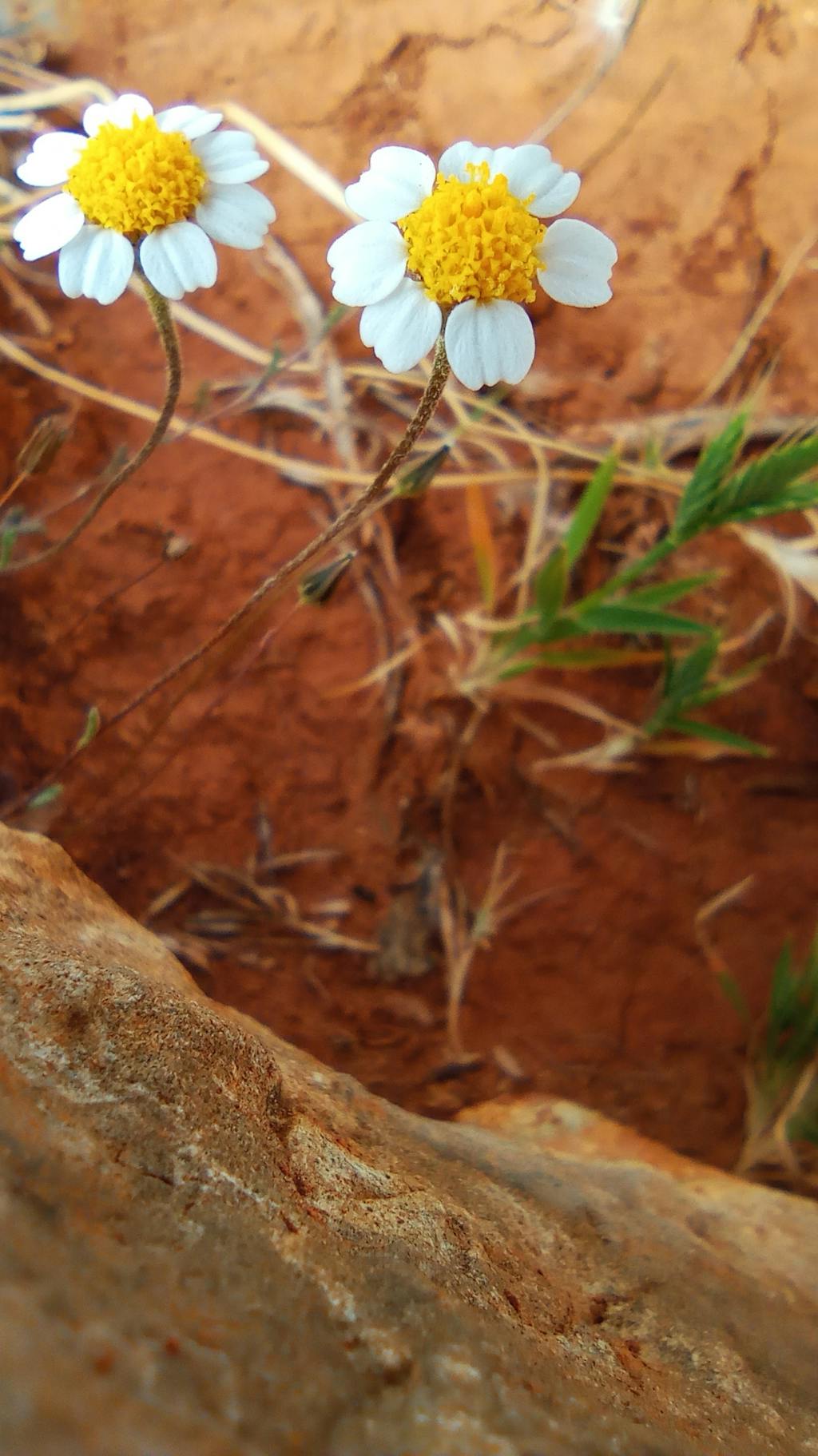
Anthemis Filicaulis, Slender-stemmed Chamomile
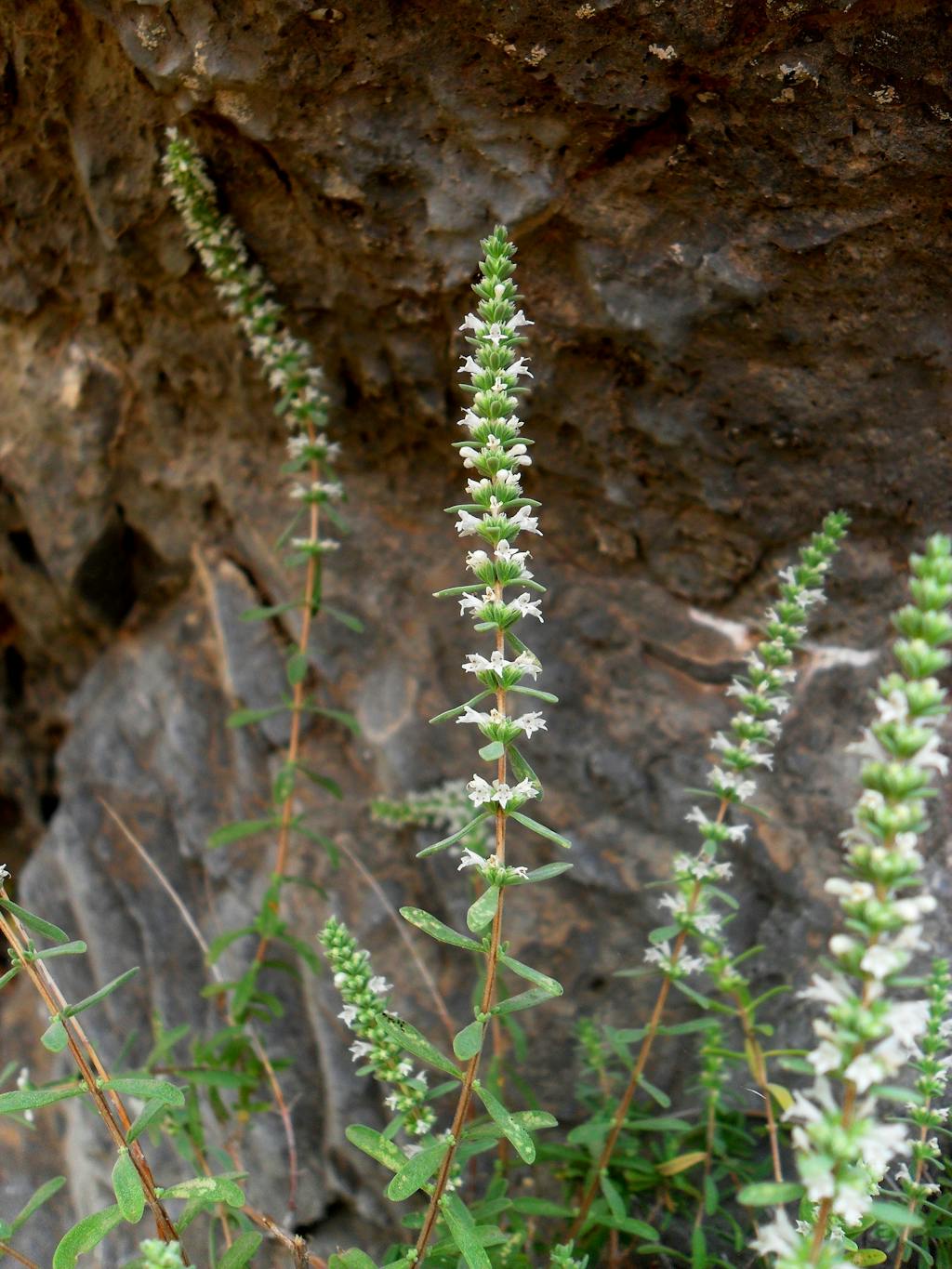
Thymbra Calostachya
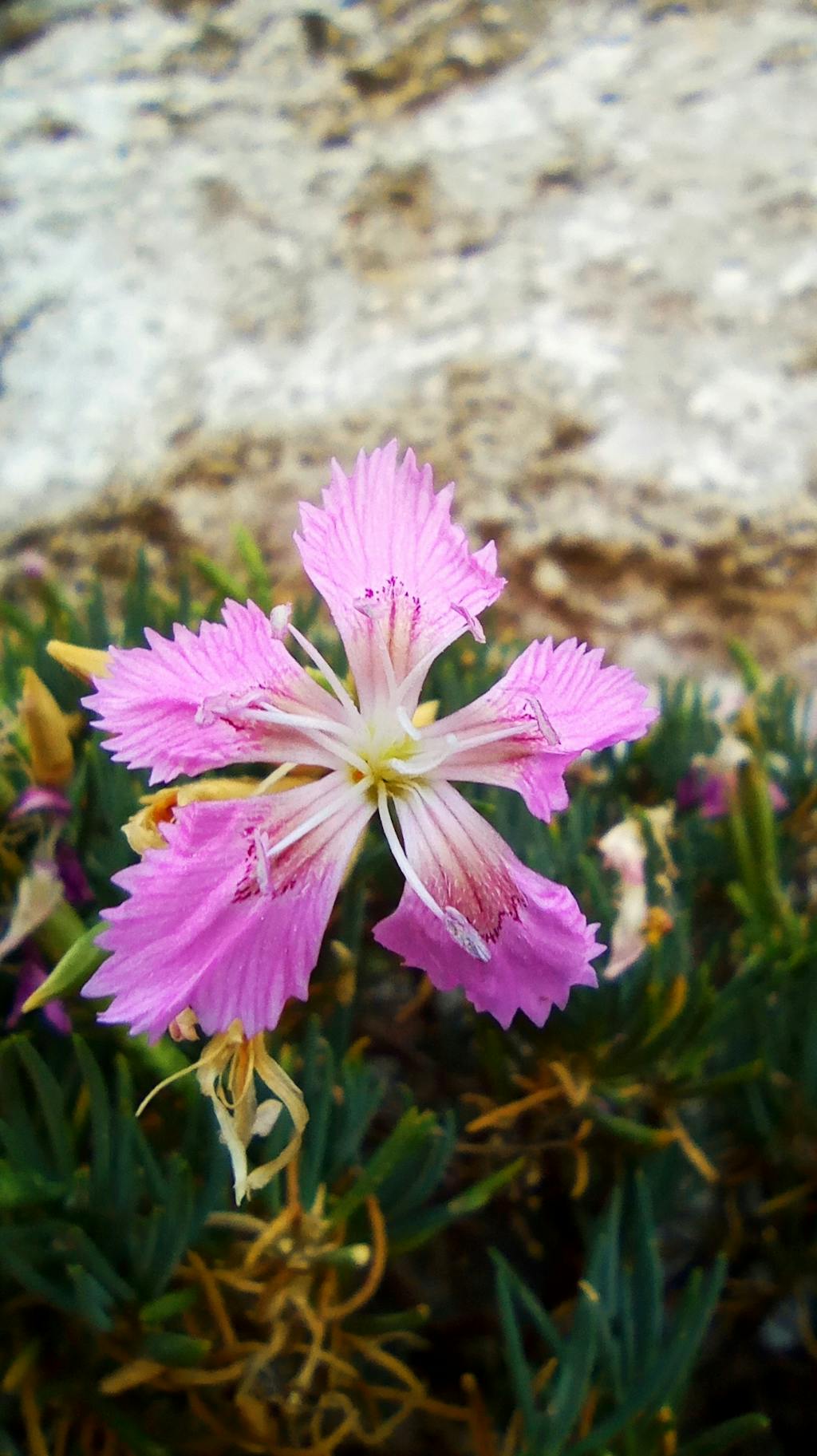
Dianthus Fruticosus Subsp. Sitiacus
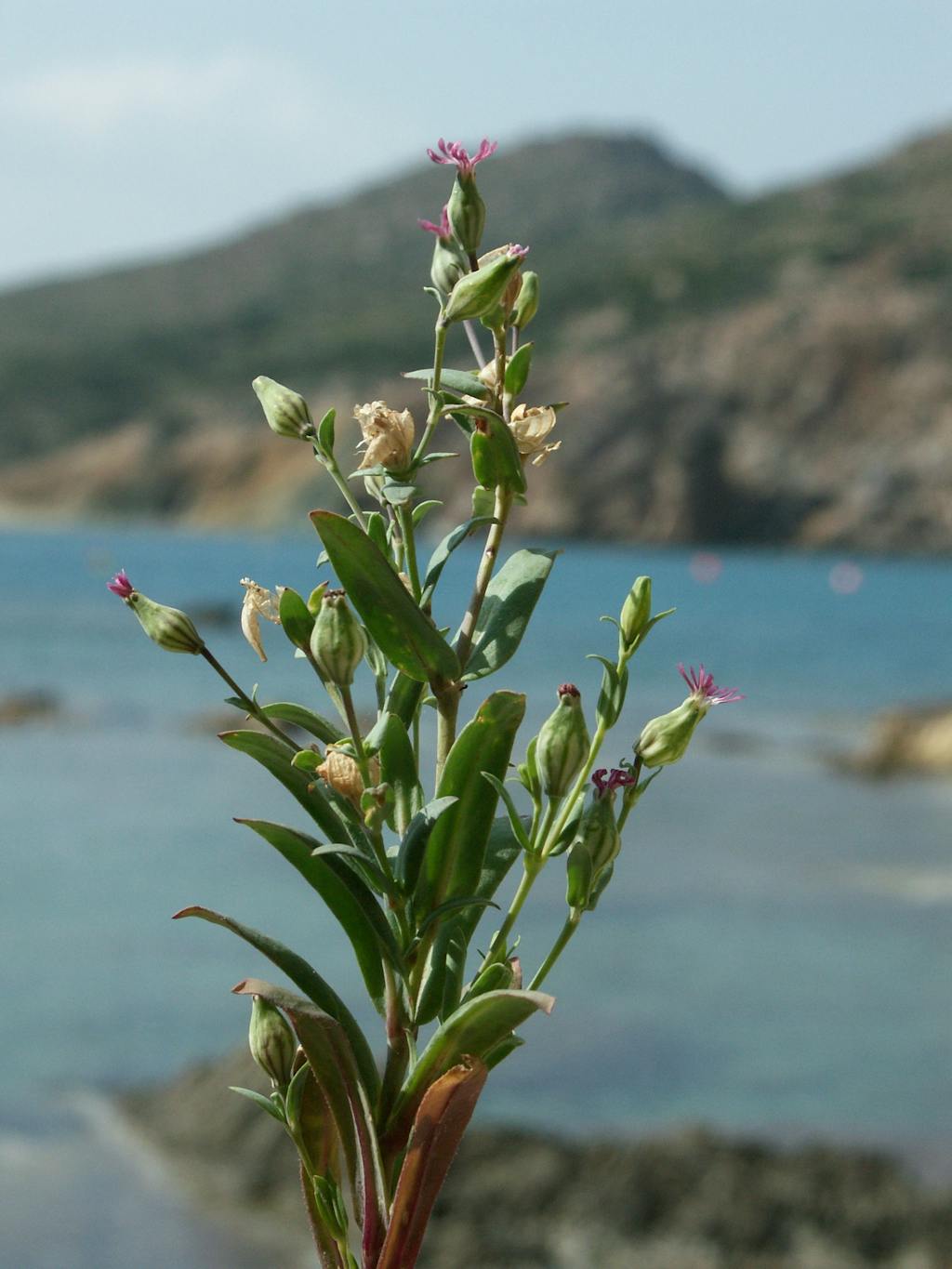
Silene Holzmannii
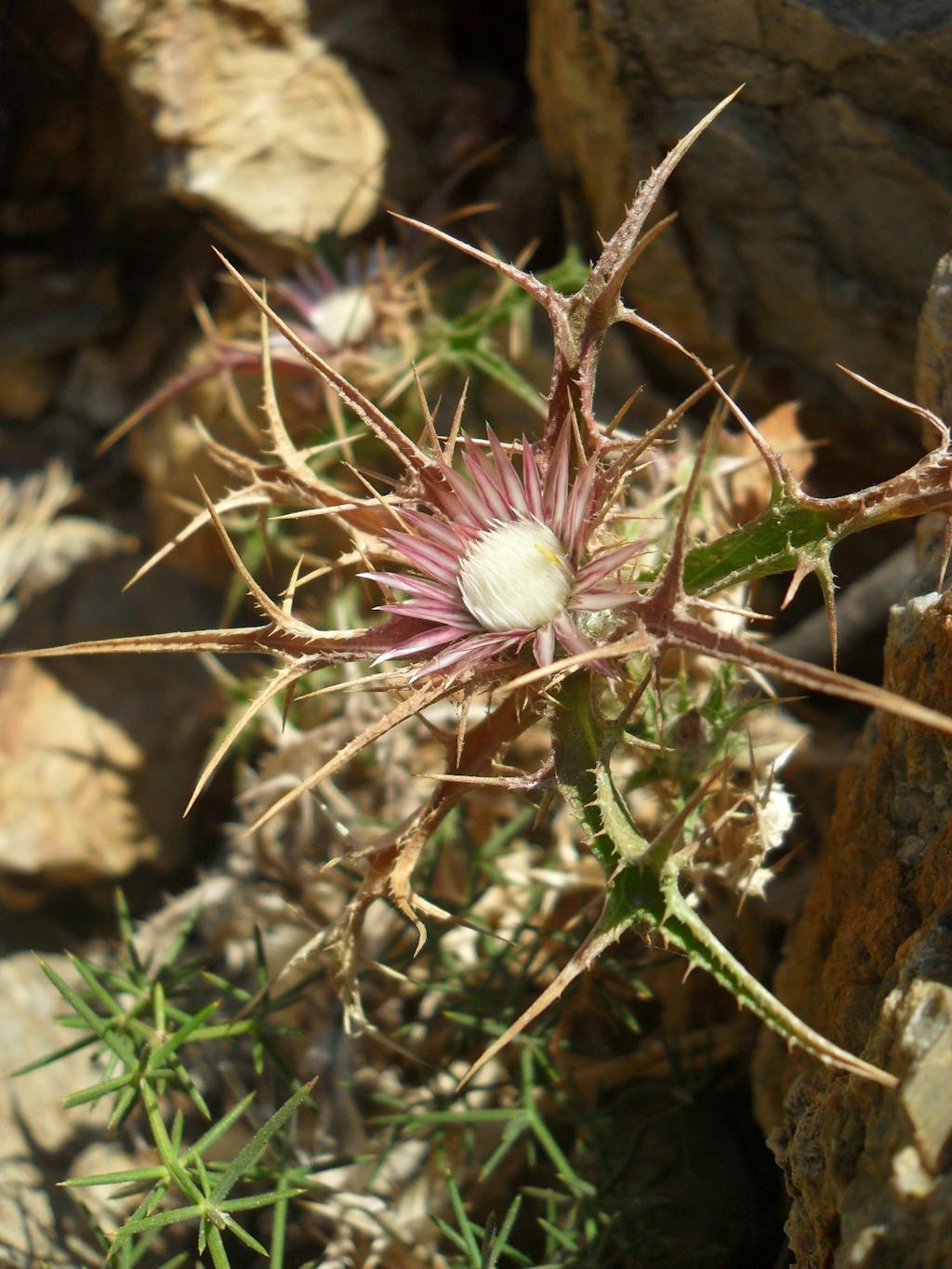
Carlina Sitiensis
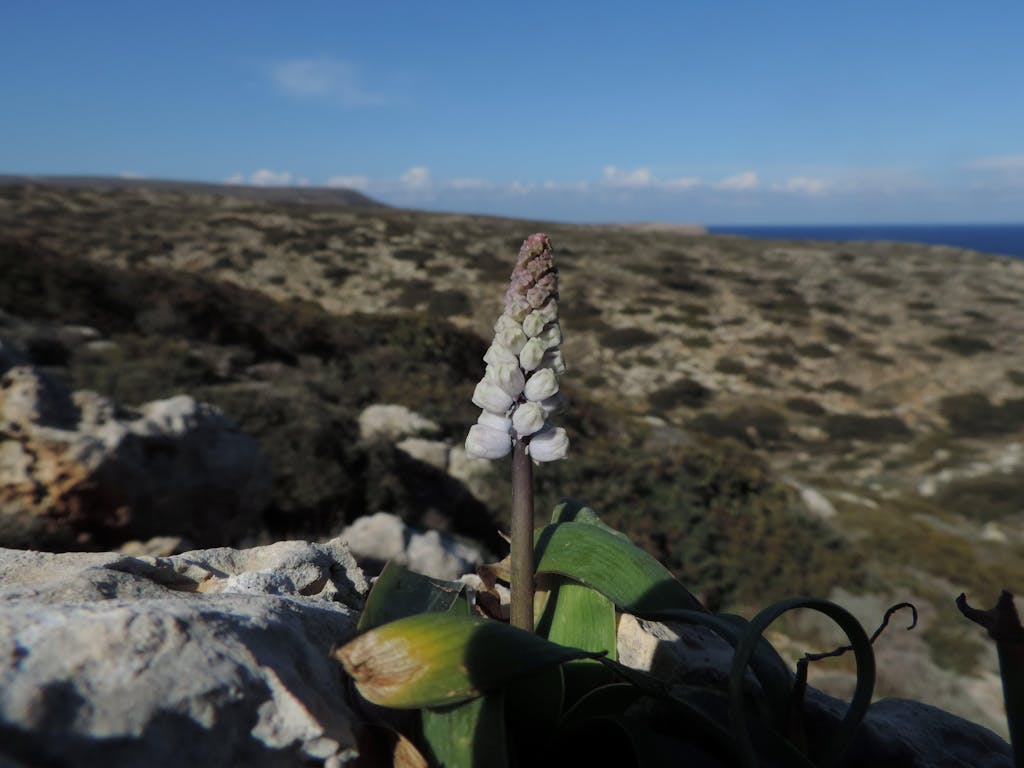
Bellevalia Sitiaca
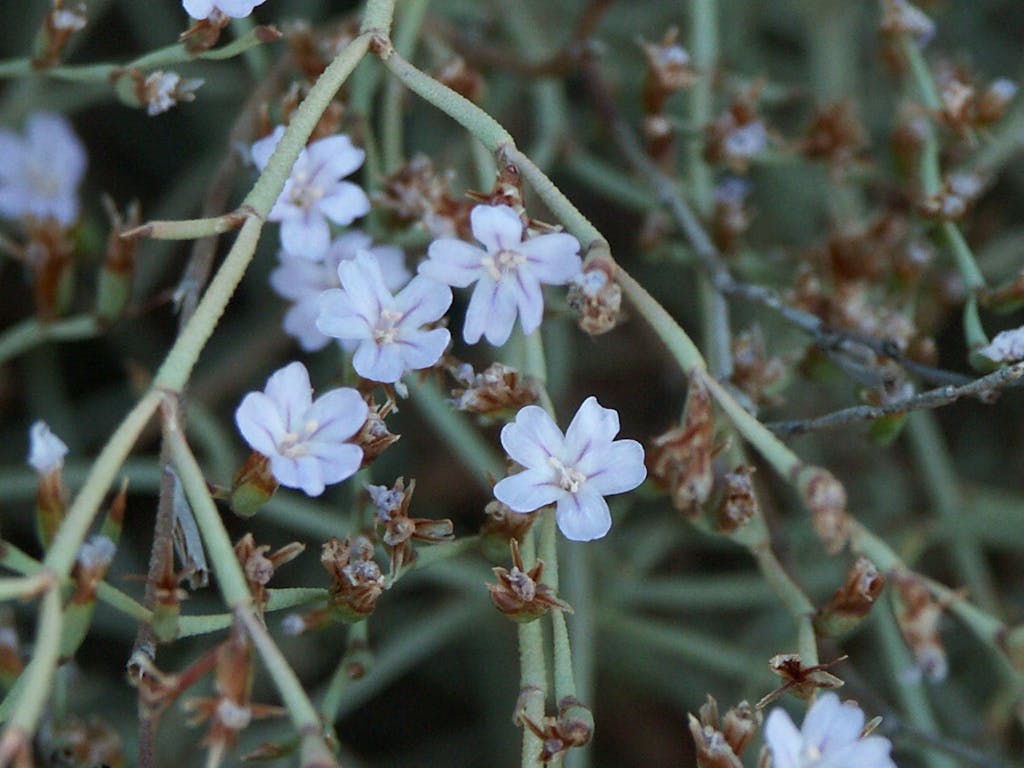
Limonium Sitiacum
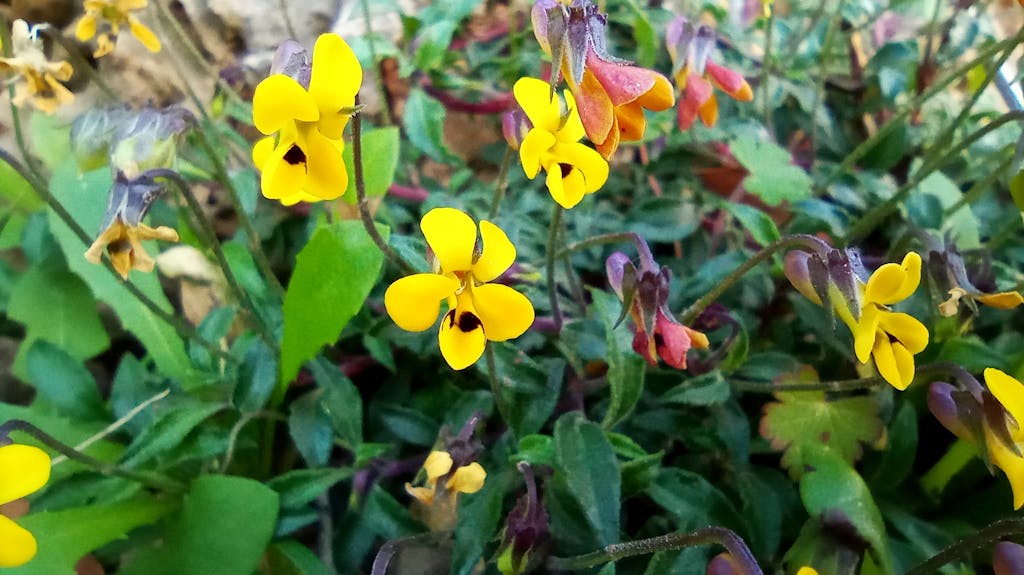
Viola Scorpiuroides
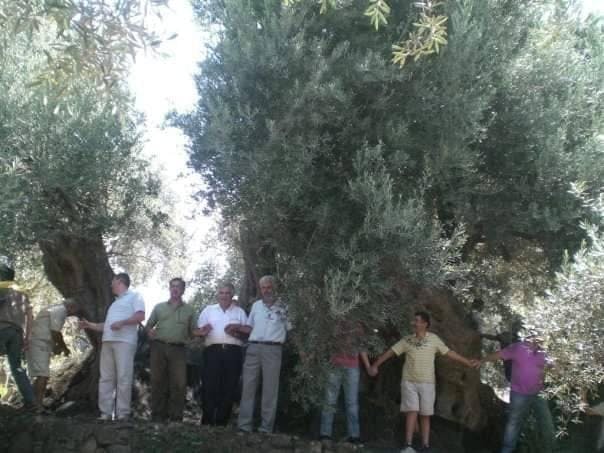
The Ancient Olive Tree of Kakodiki
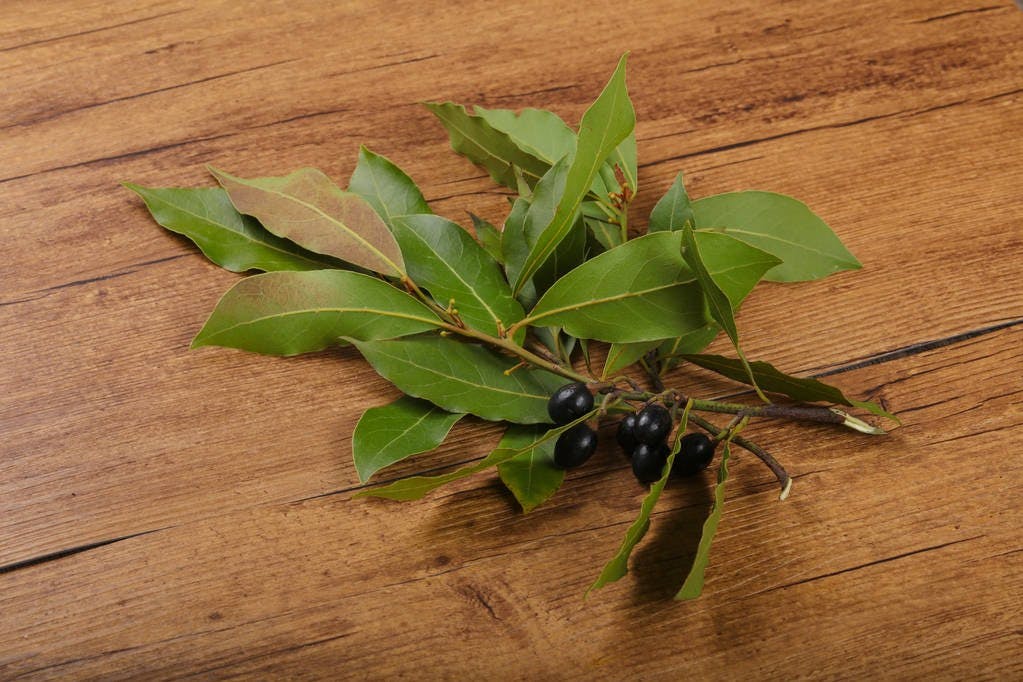
Laurel
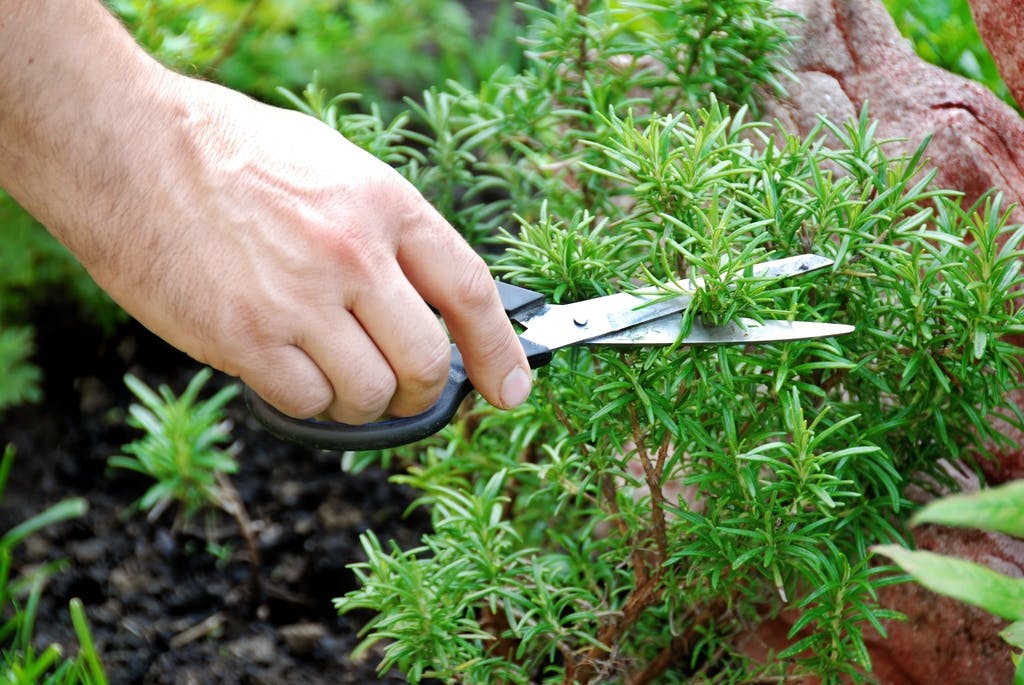
Rosemary
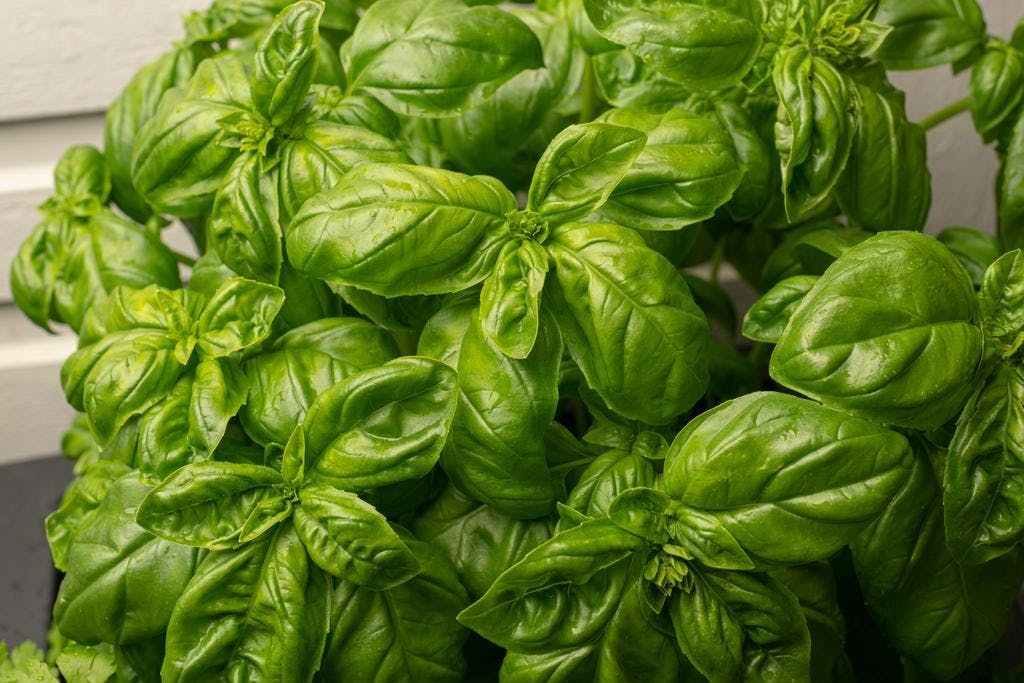
Common Basil
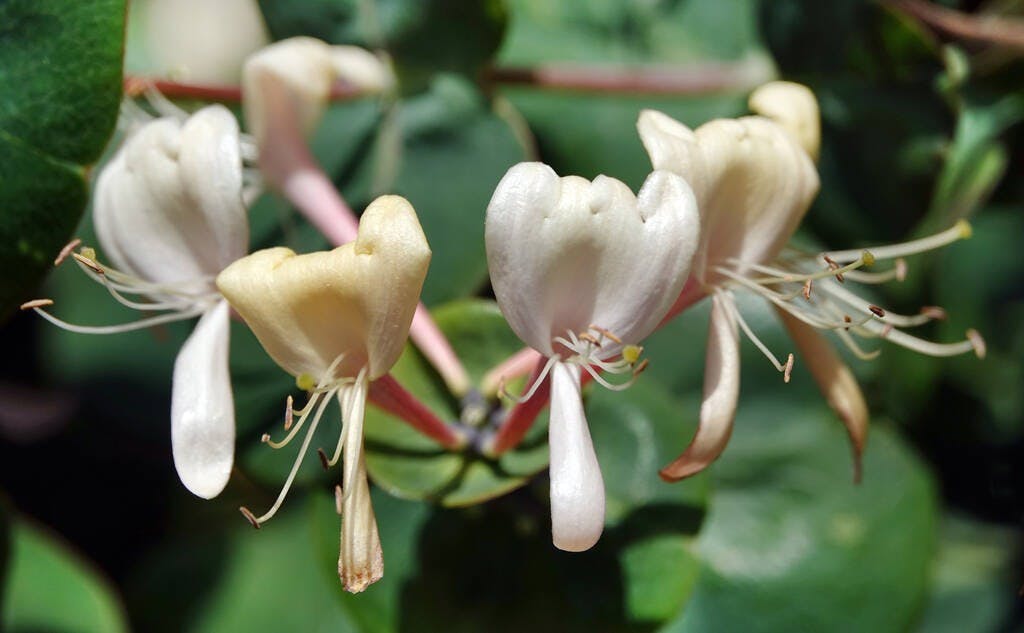
Honeysuckle
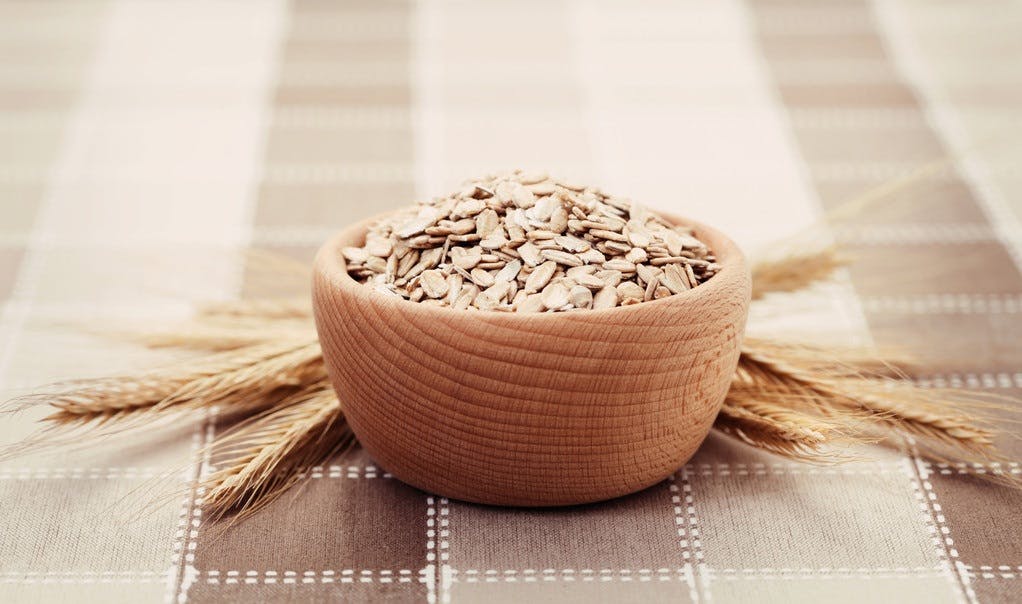
Oat
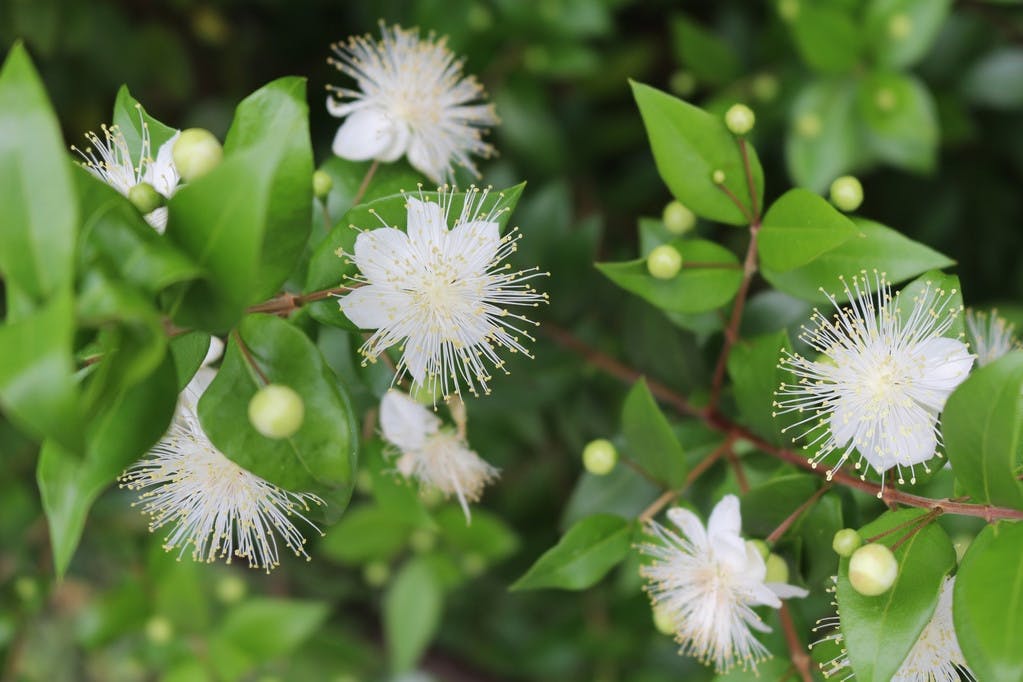
Myrtle
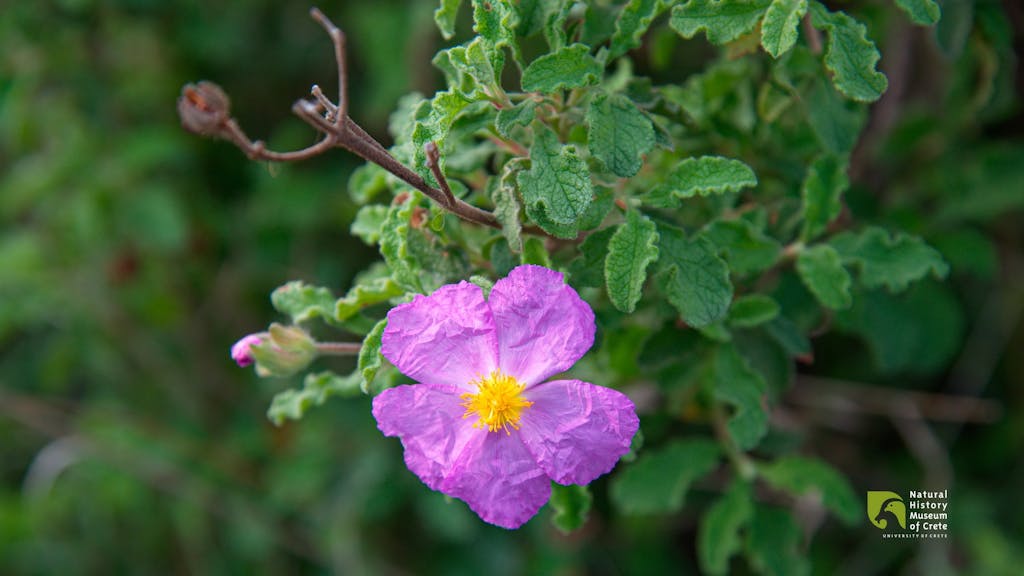
Cretan Rockrose
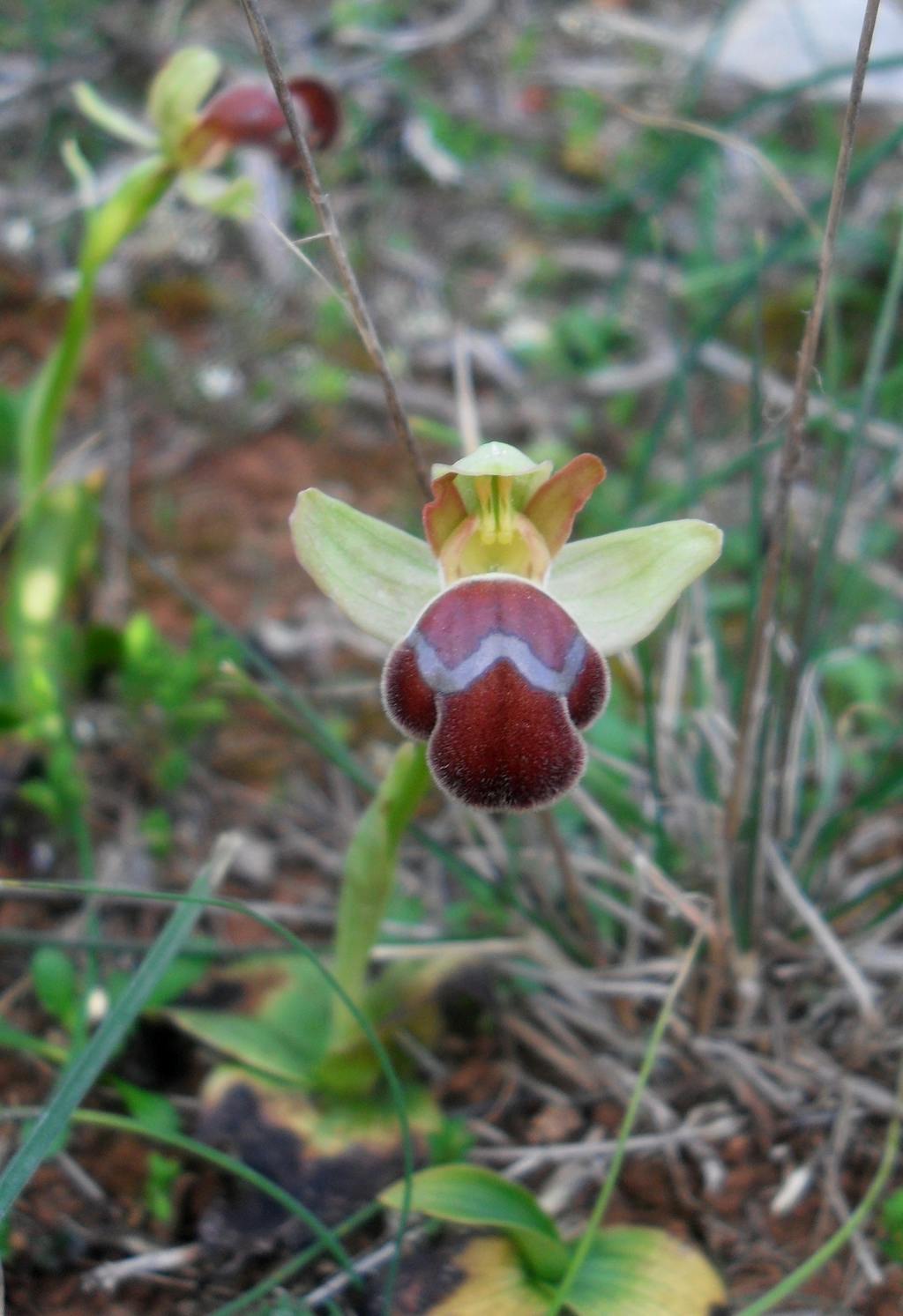
Ophrys Sitiaca
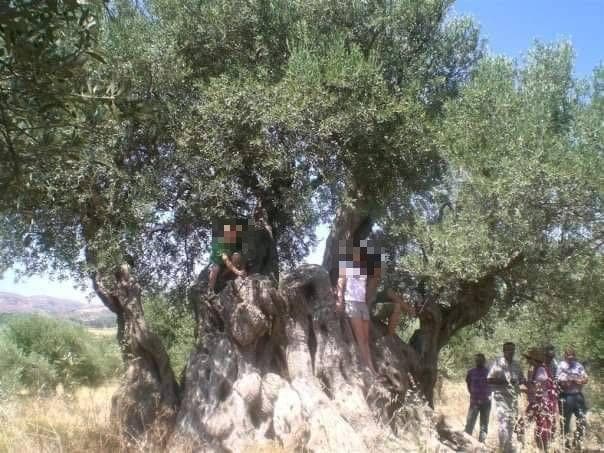
The Ancient Olive Tree of Viannos: Unveiling a Treasured Discovery
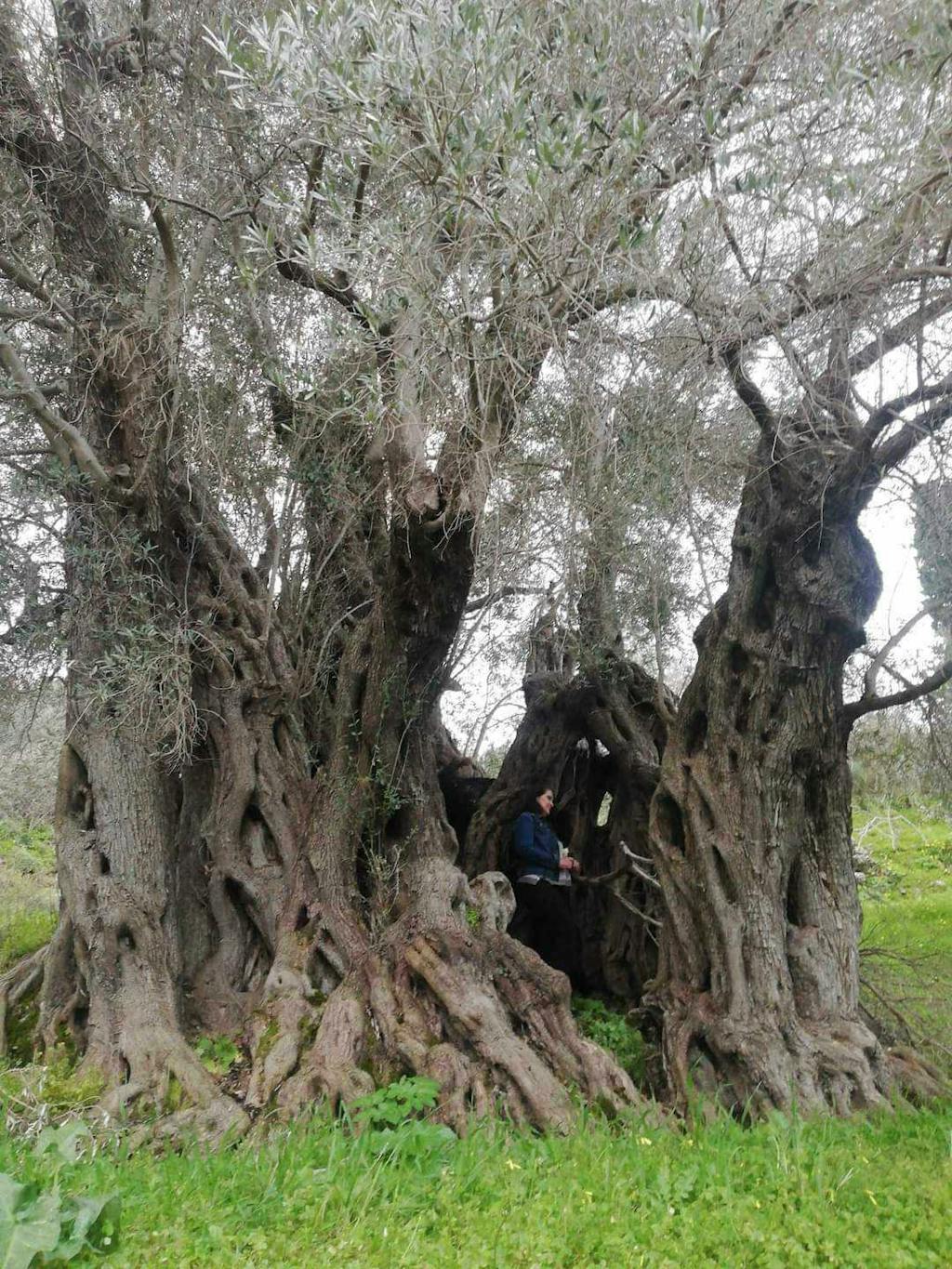
The Ancient Olive Tree of Fourfouras
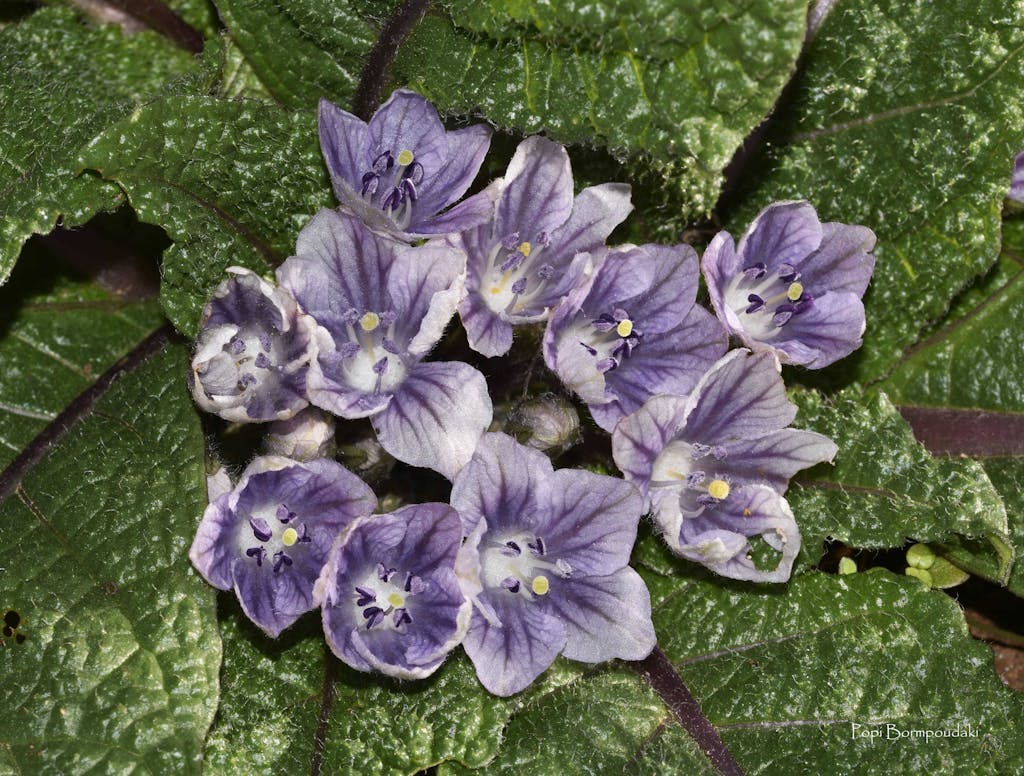
Mandrake
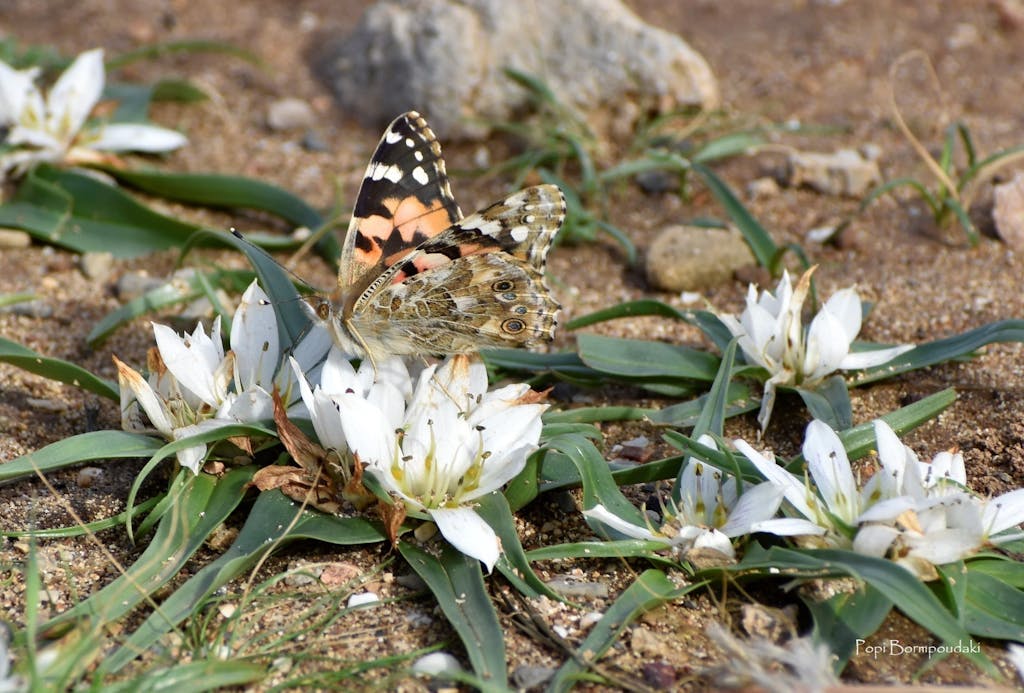
Androcymbium Rechingeri
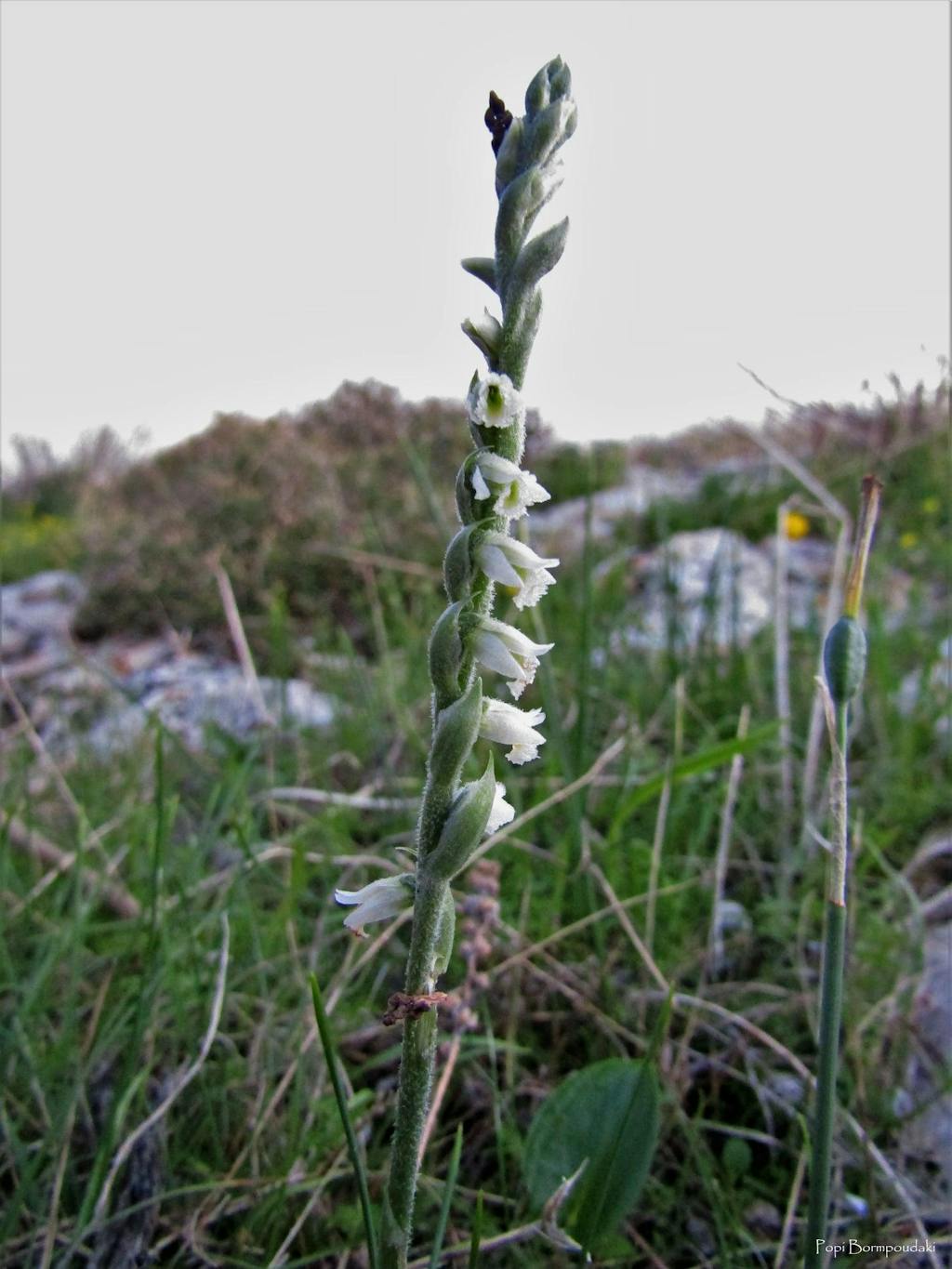
Autumn Lady's-tresses
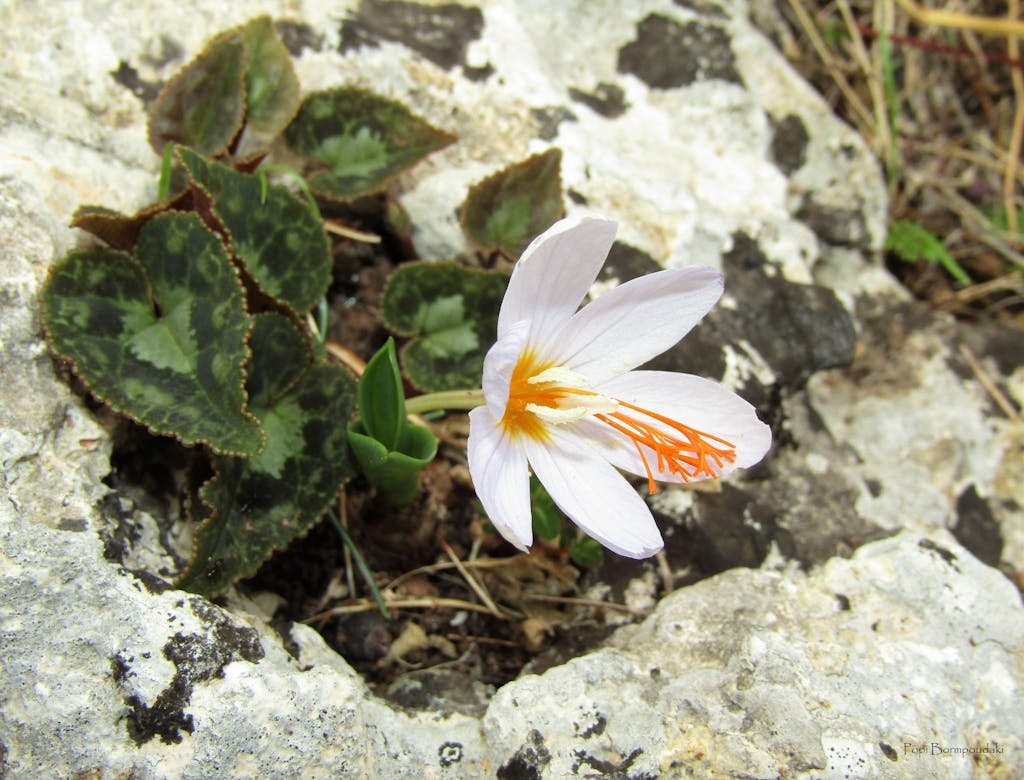
Tournefort Crocus
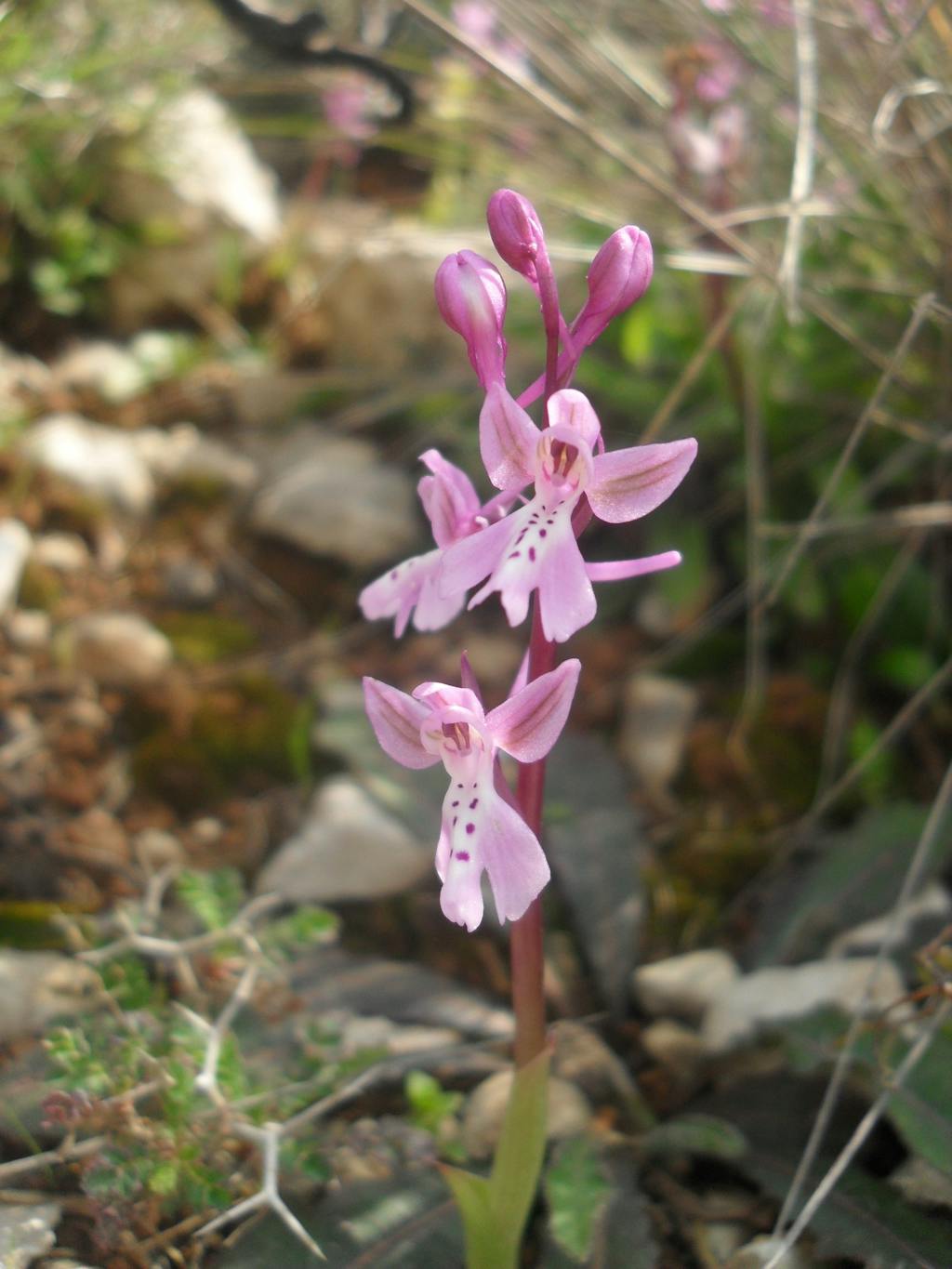
Orchis Sitiaca
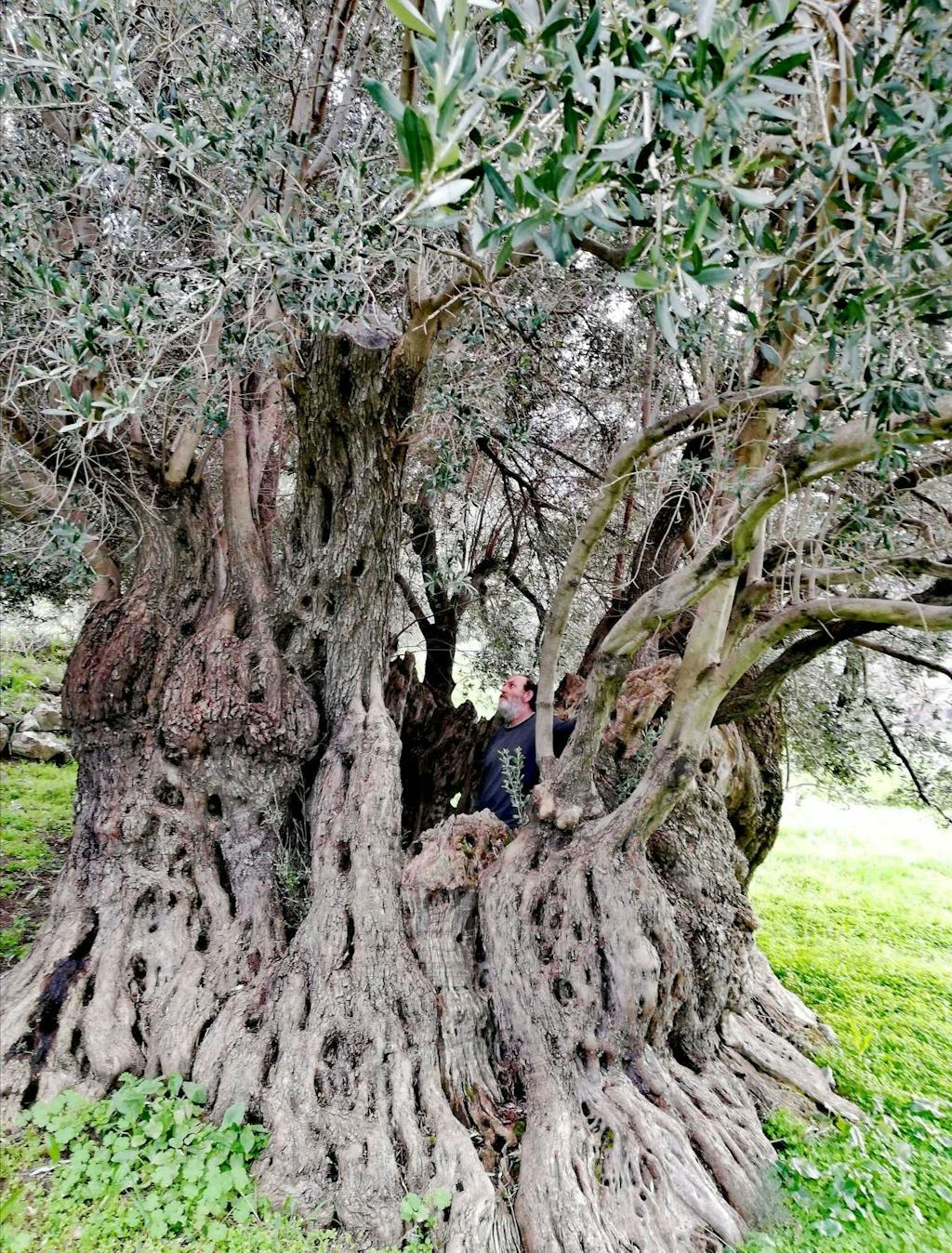
Ancient Olive Tree in Kouroutes
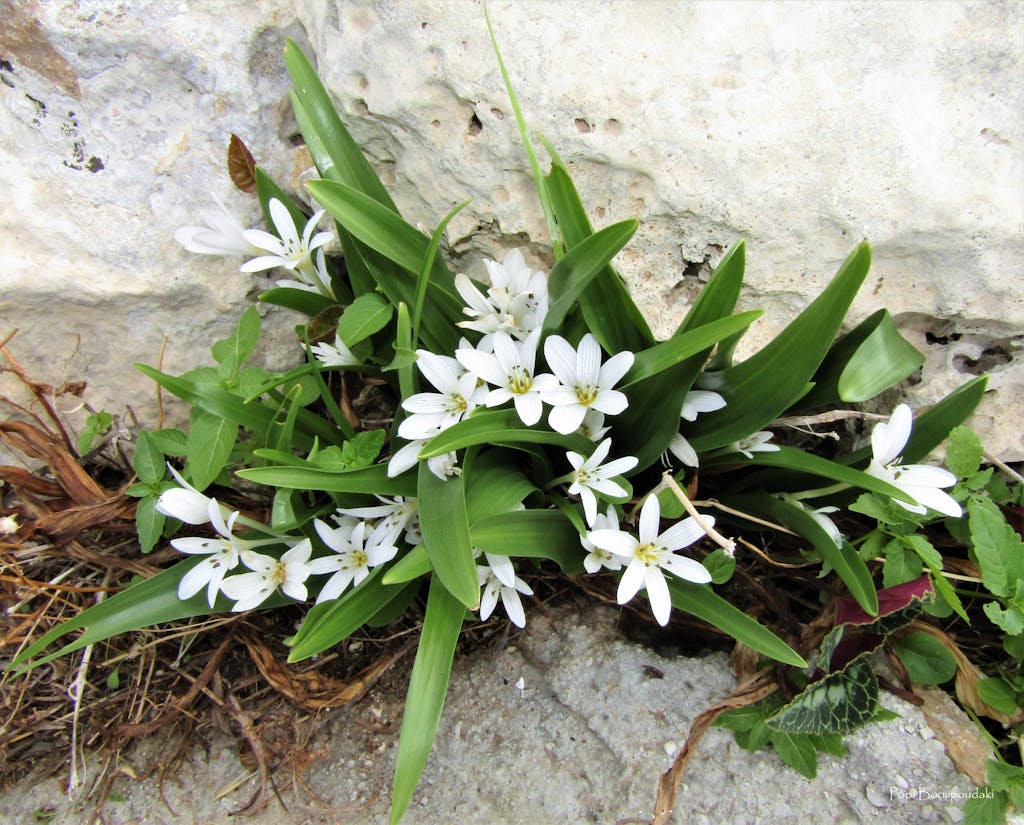
Mediterranean Meadow Saffron
